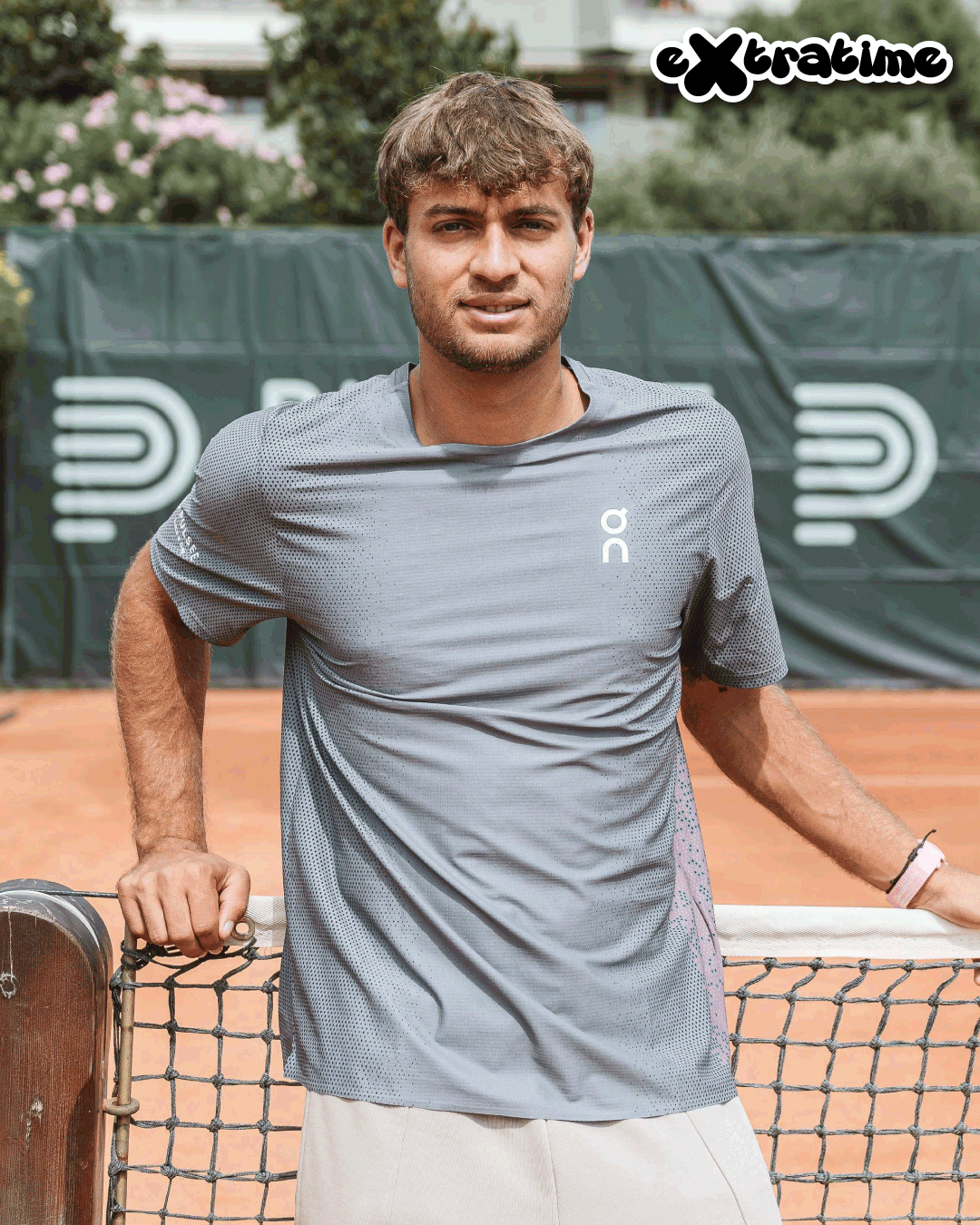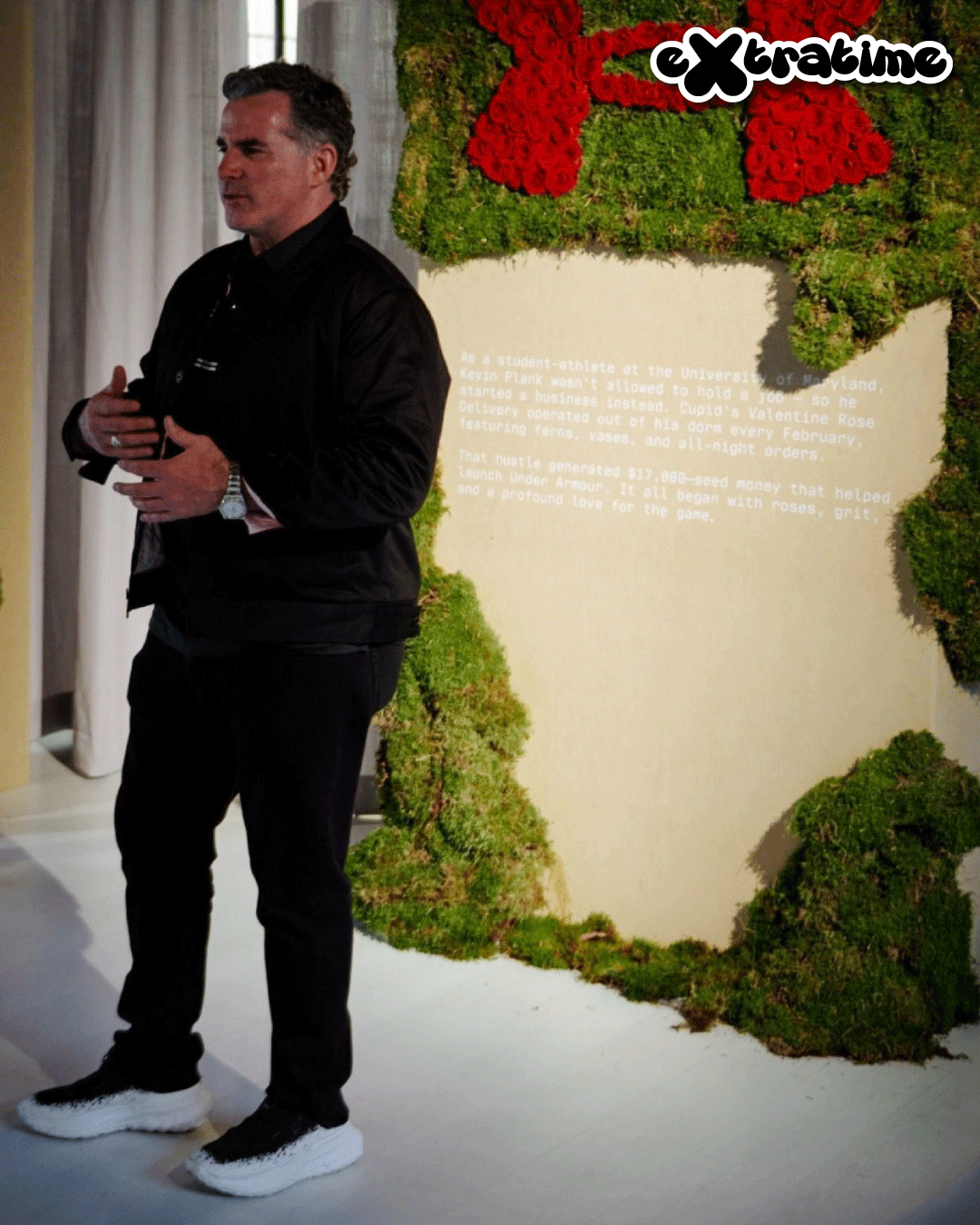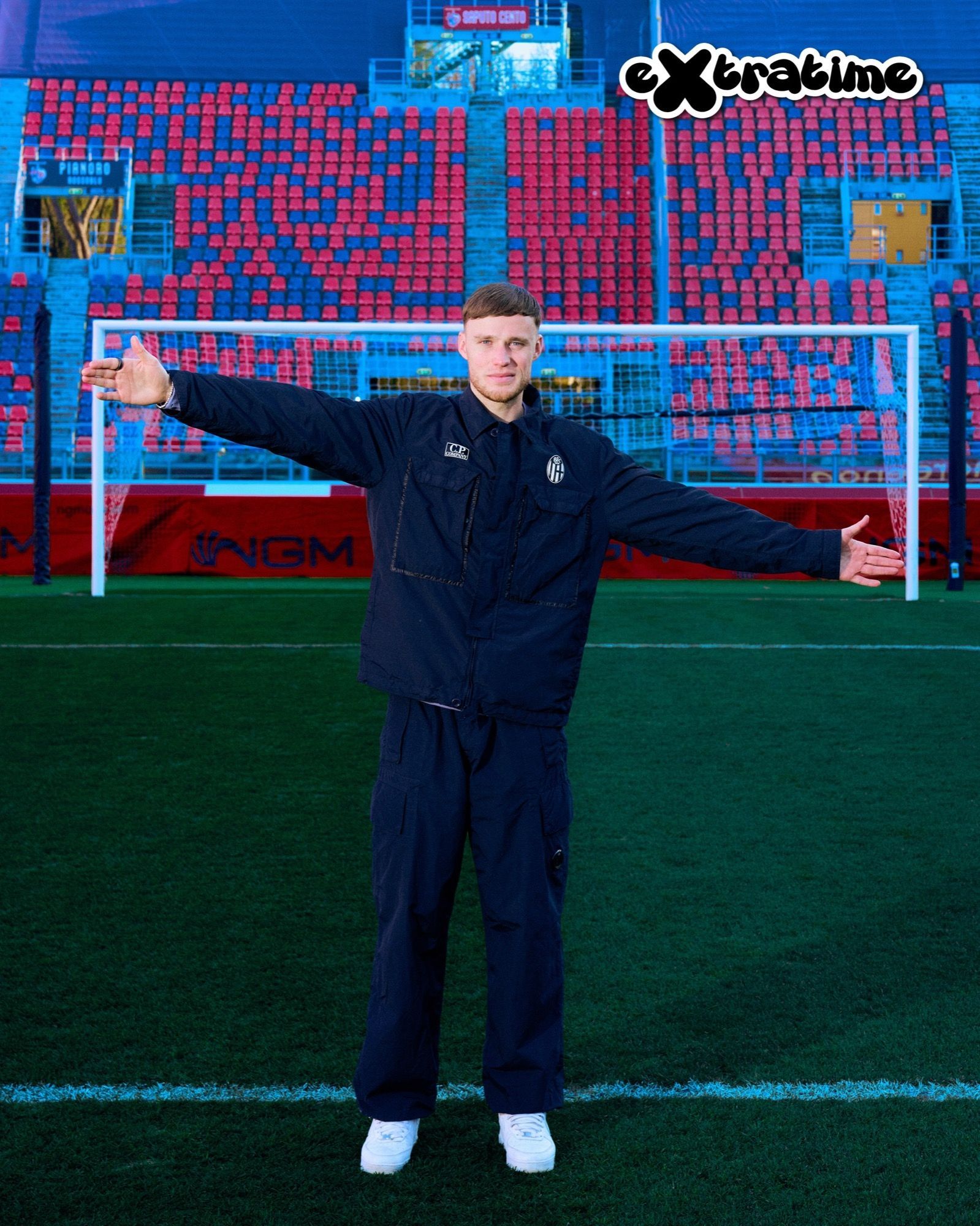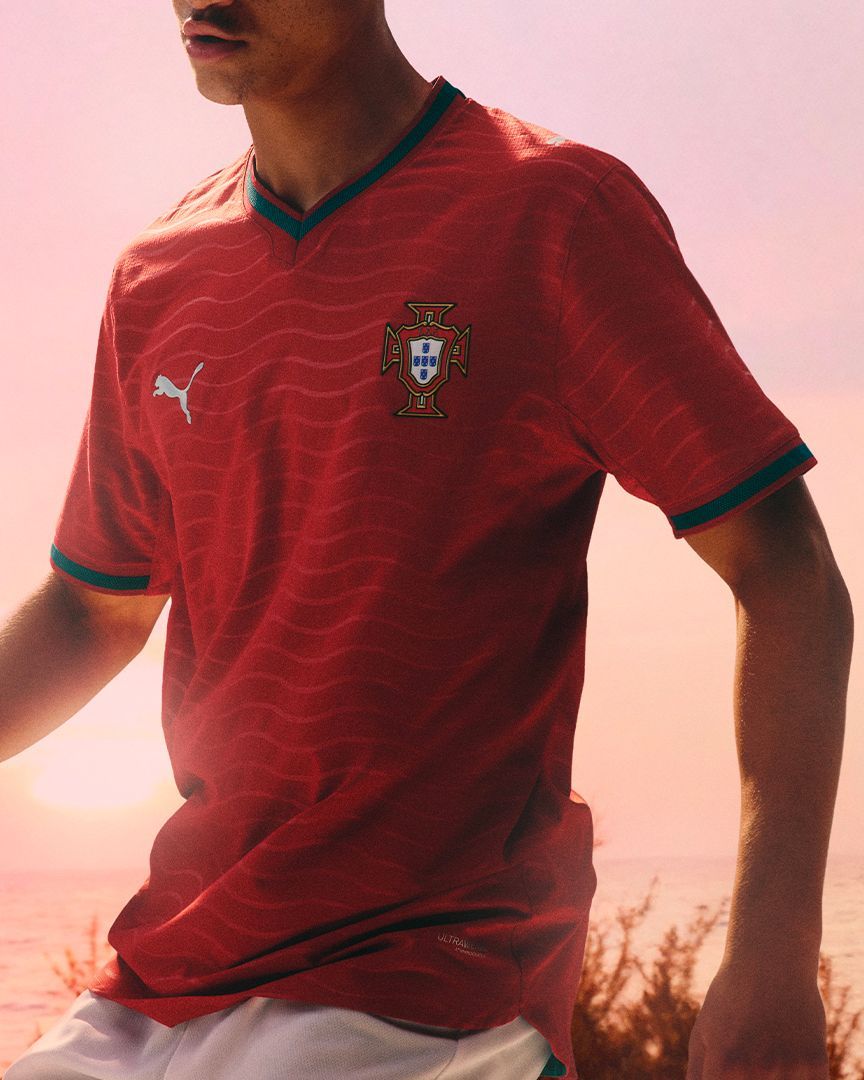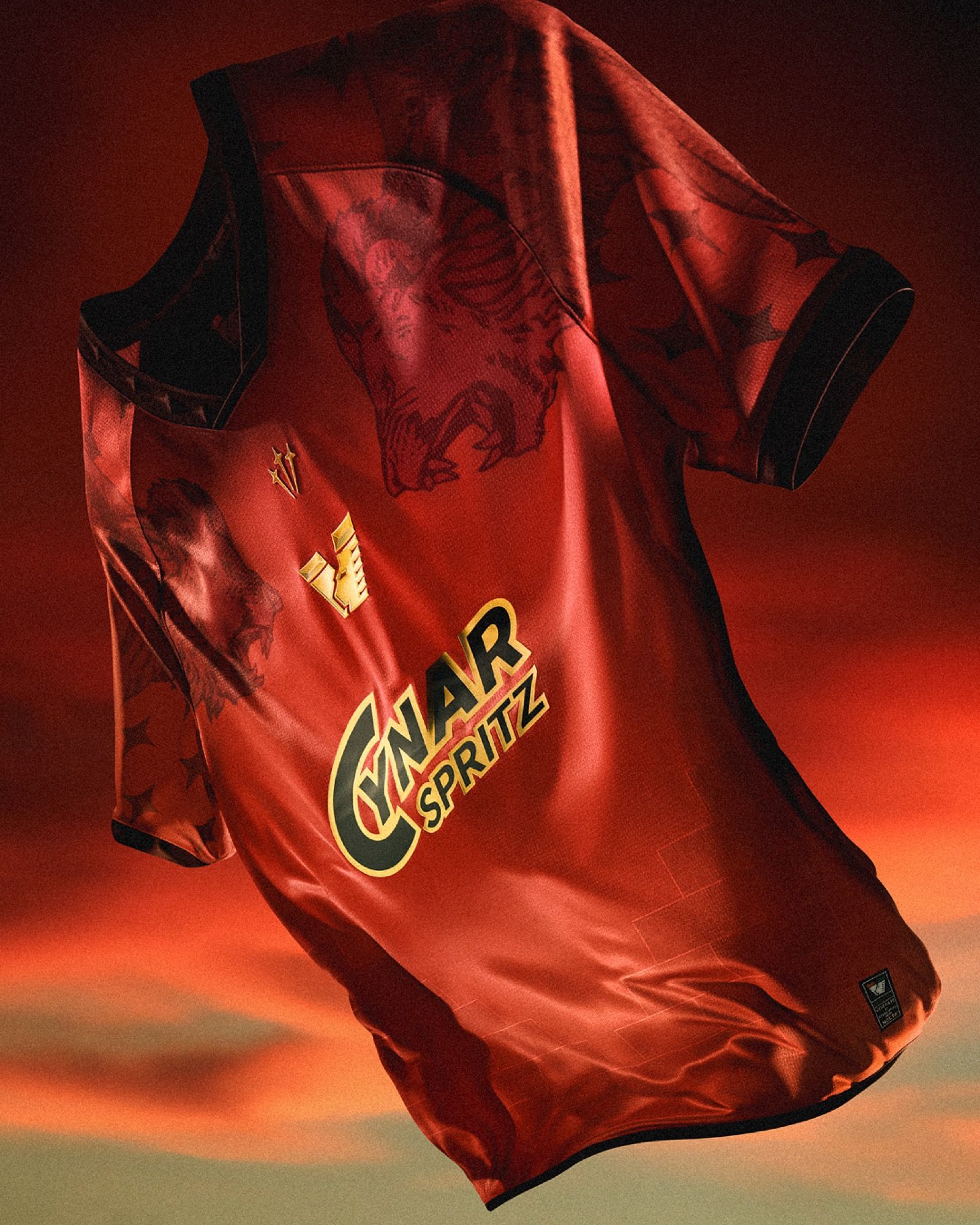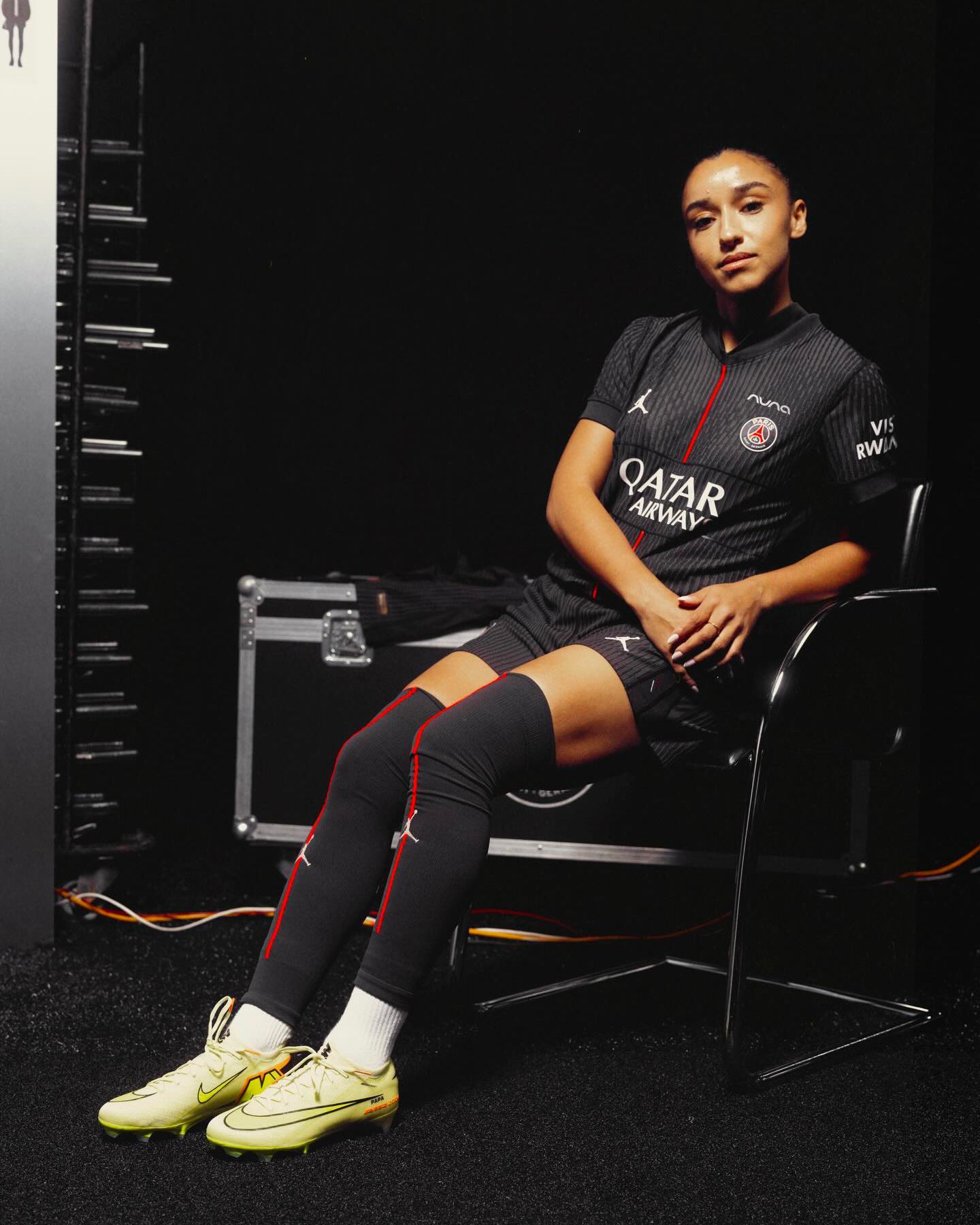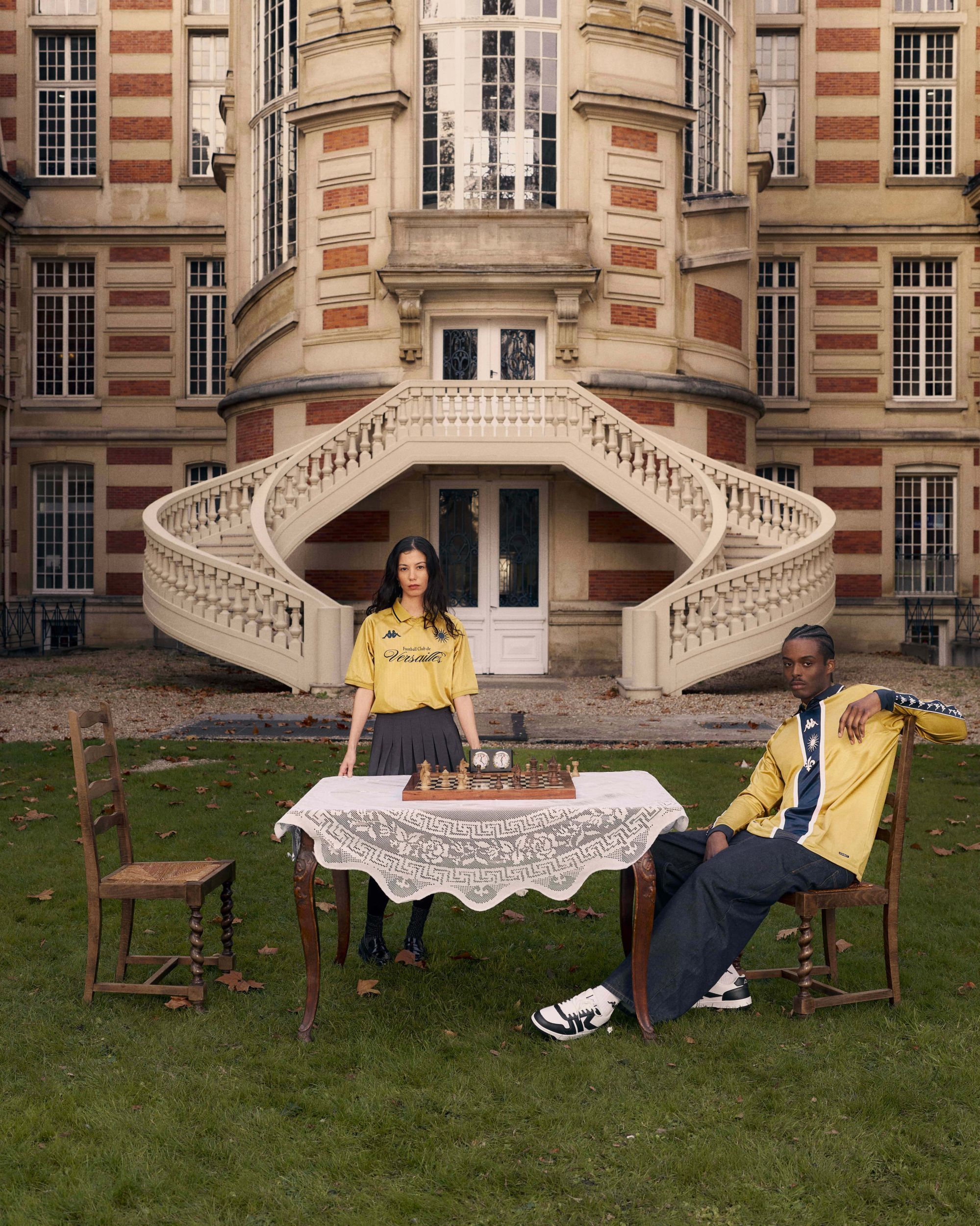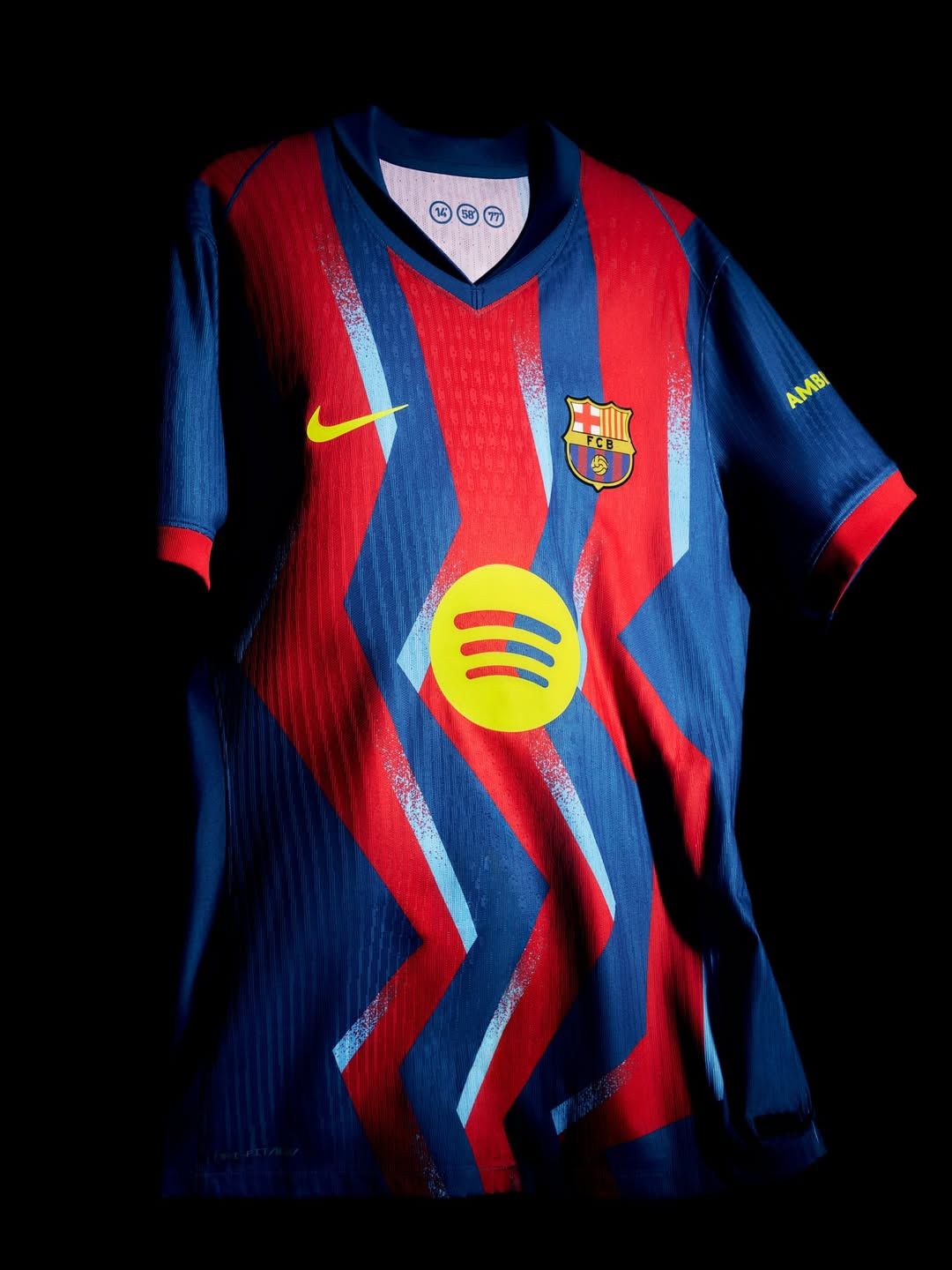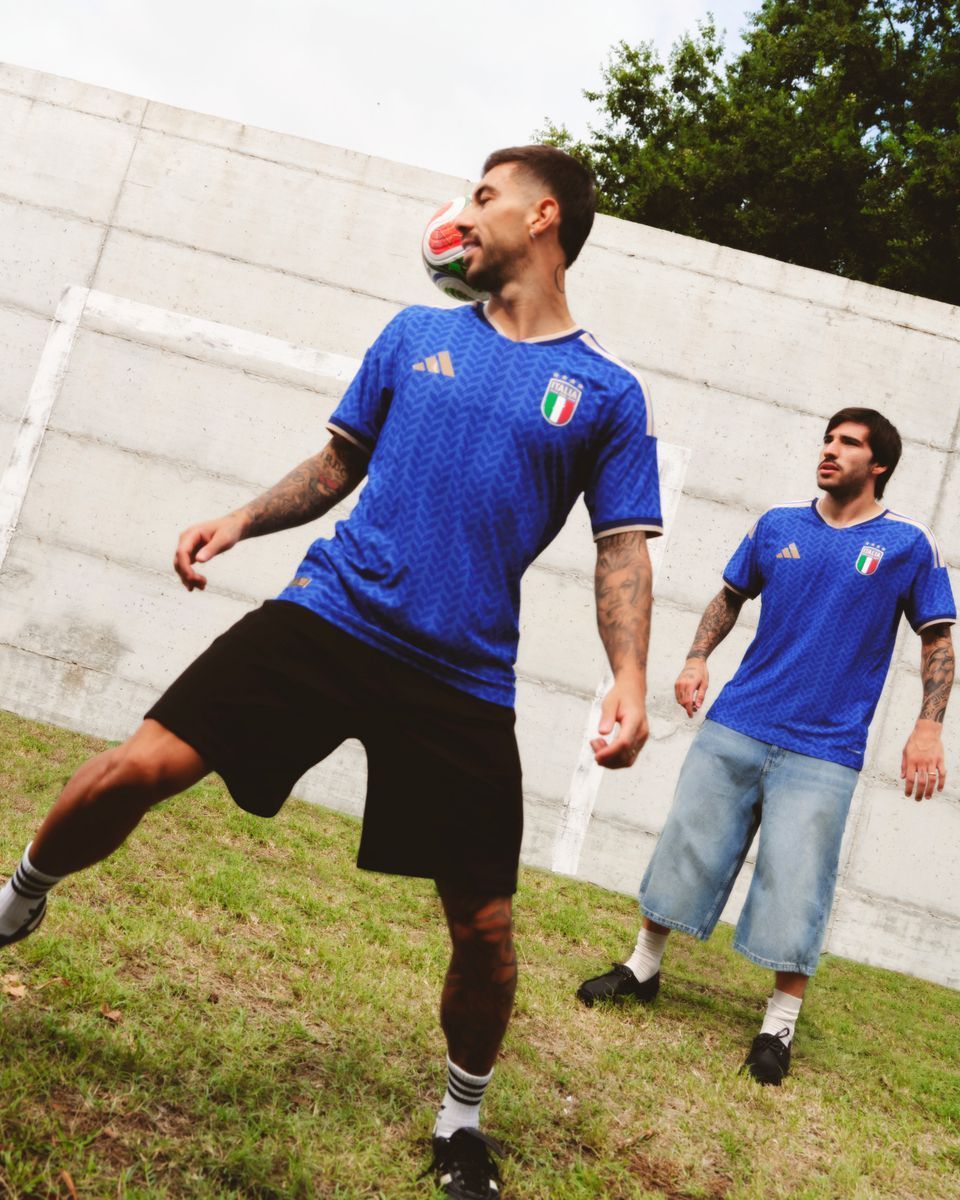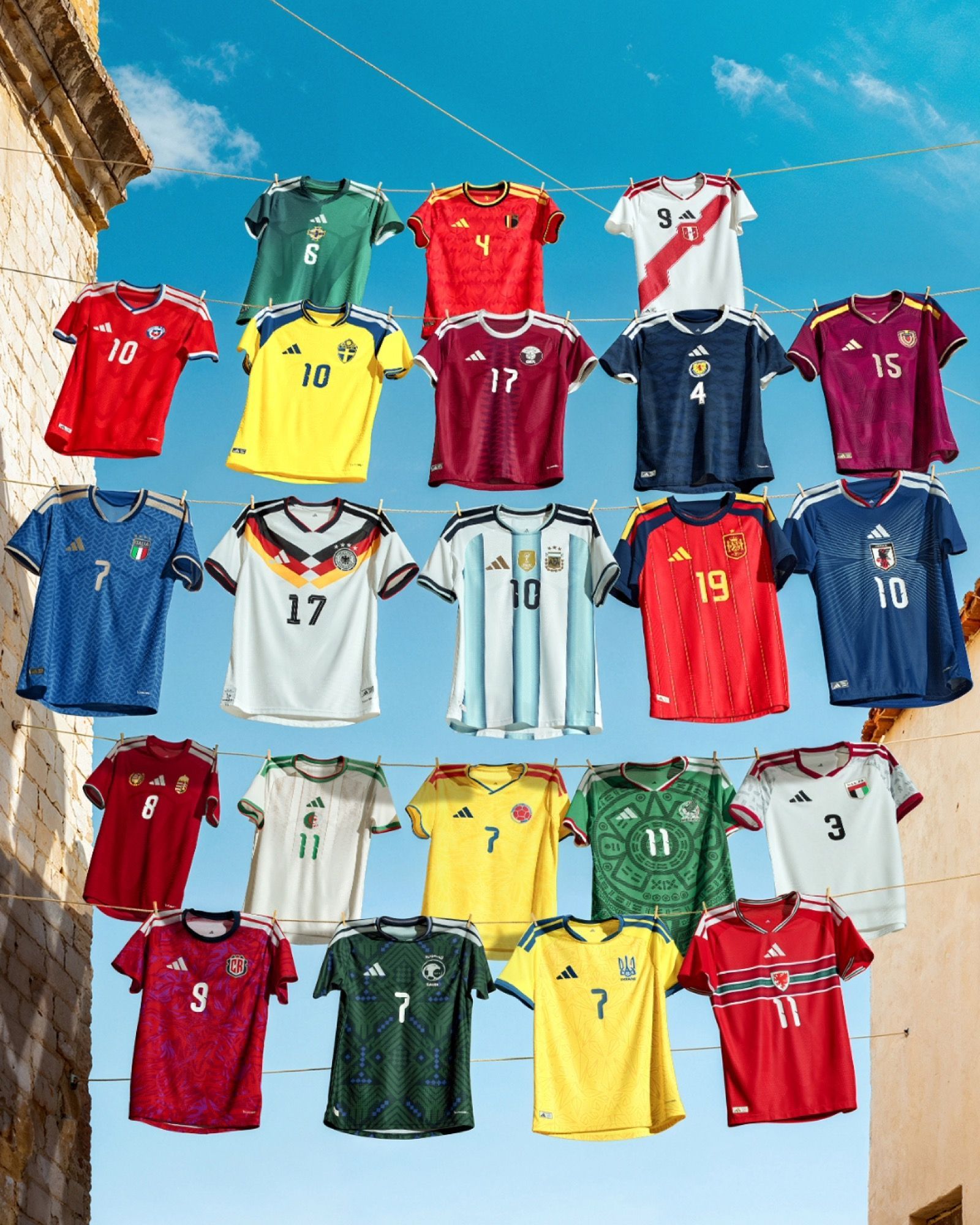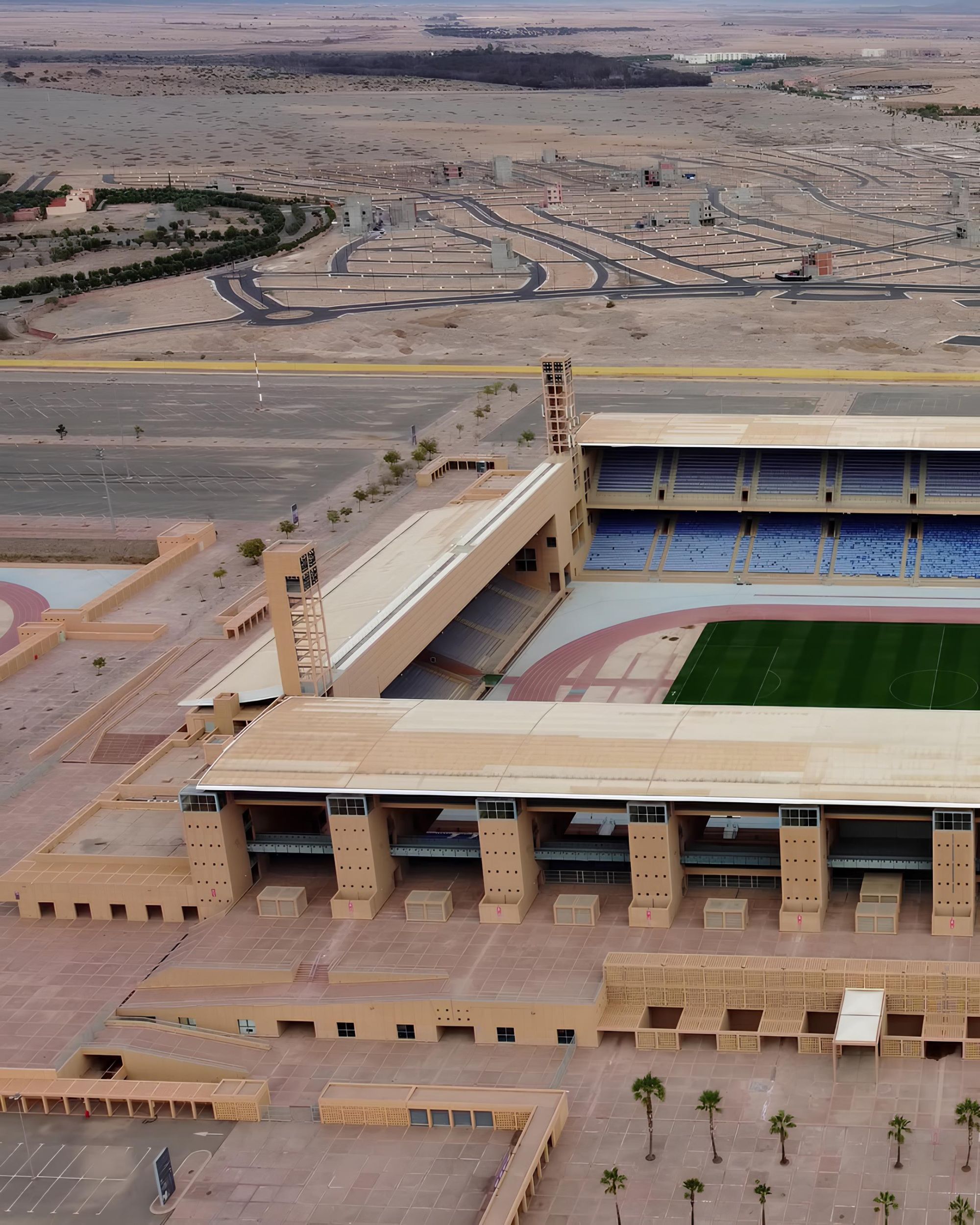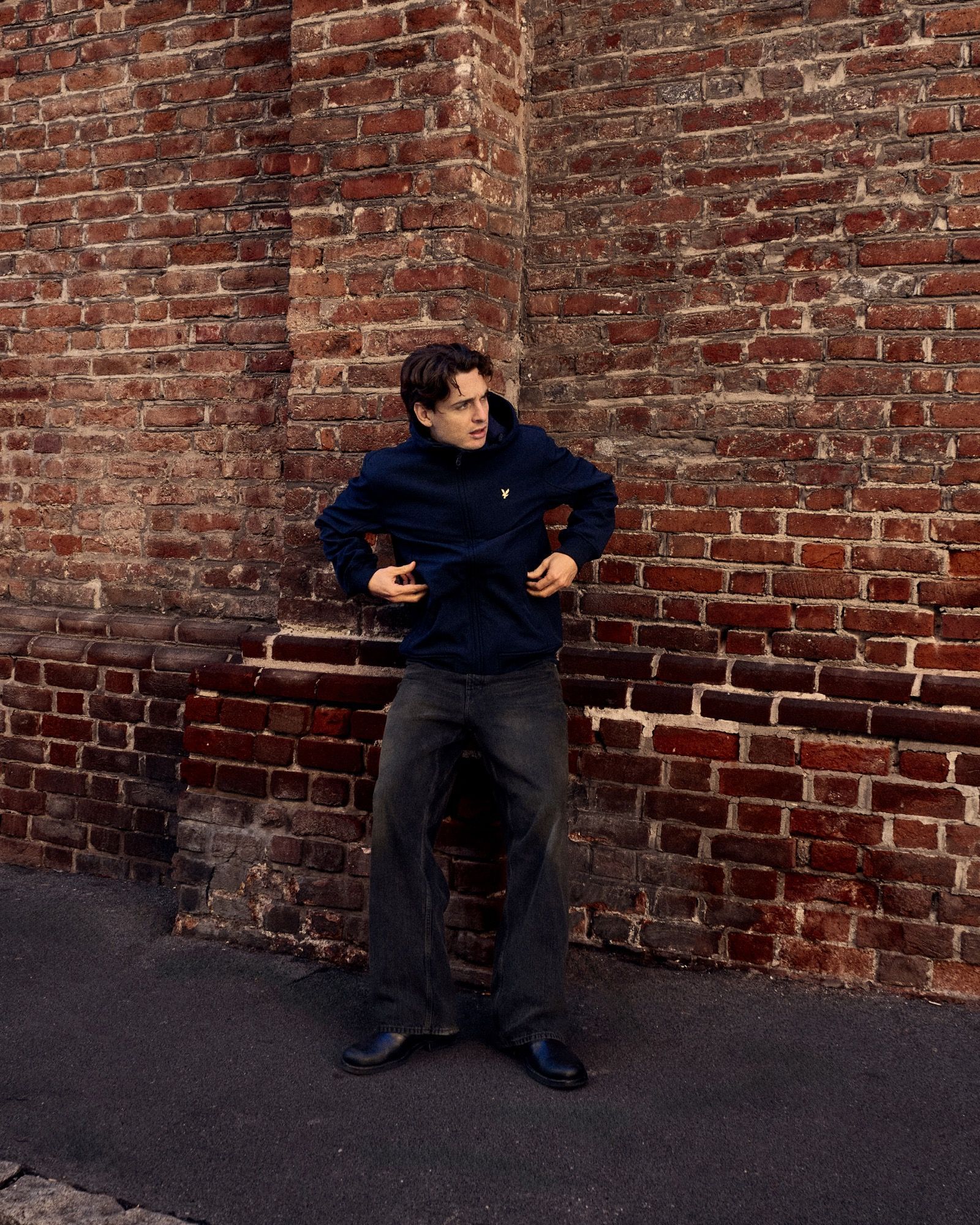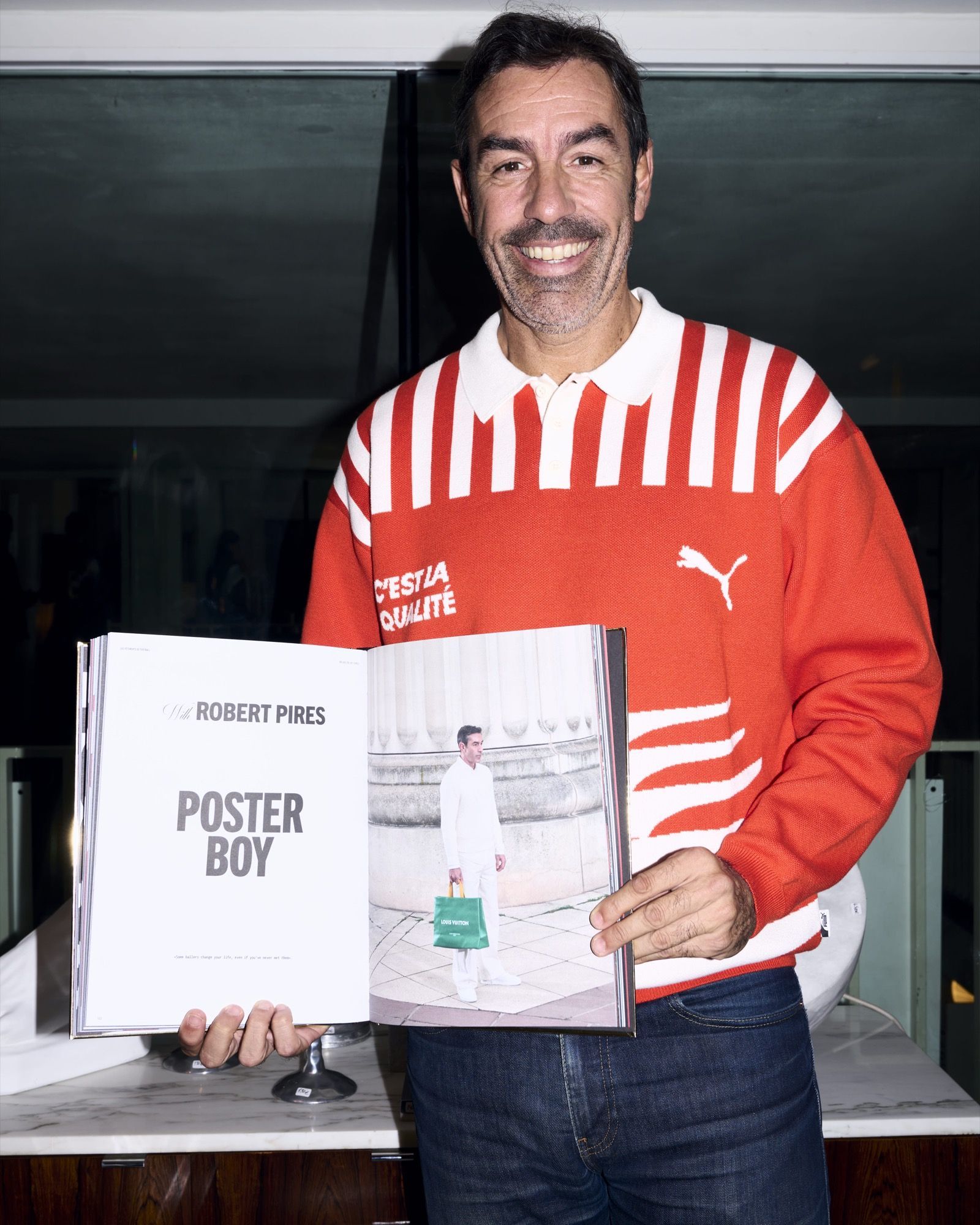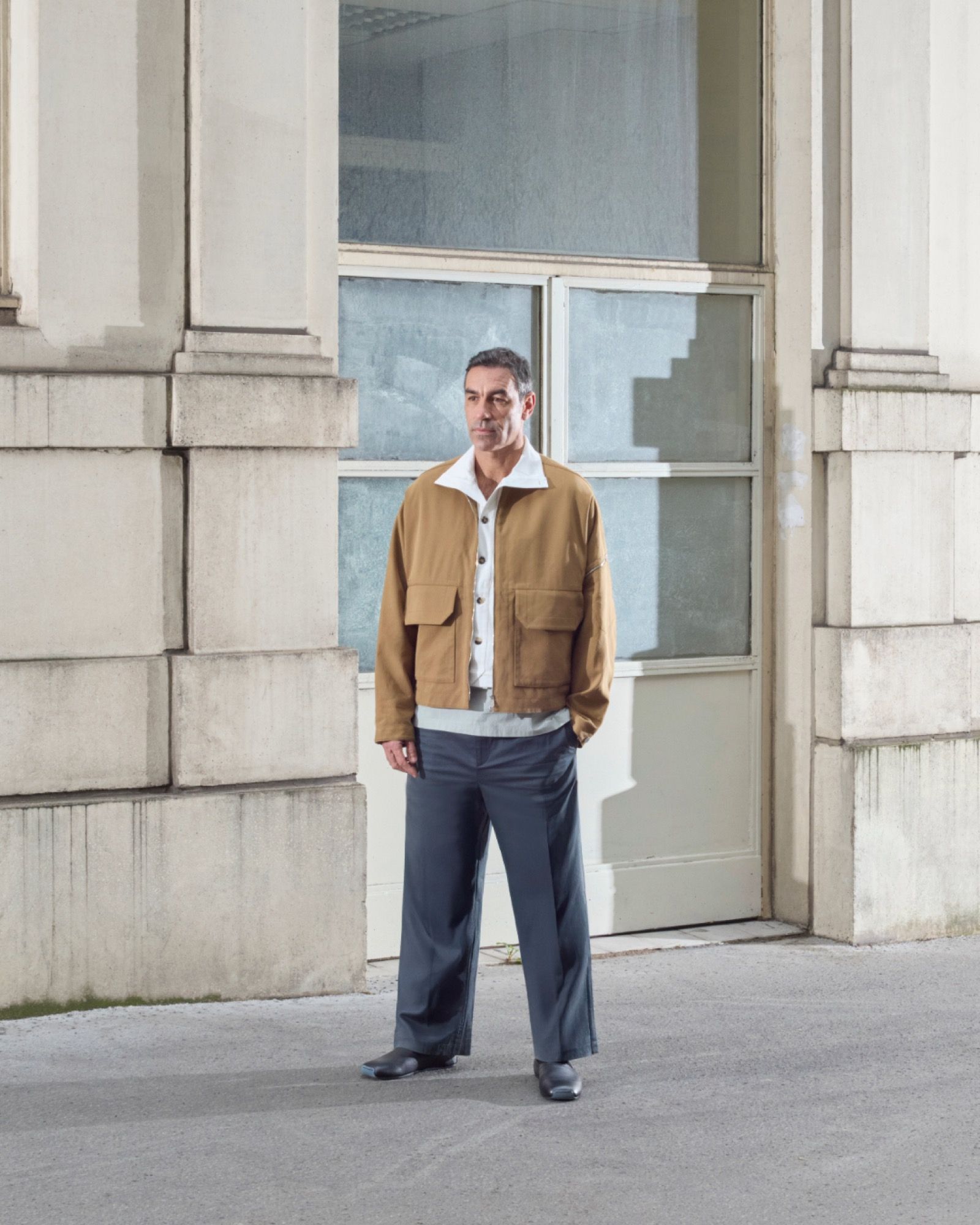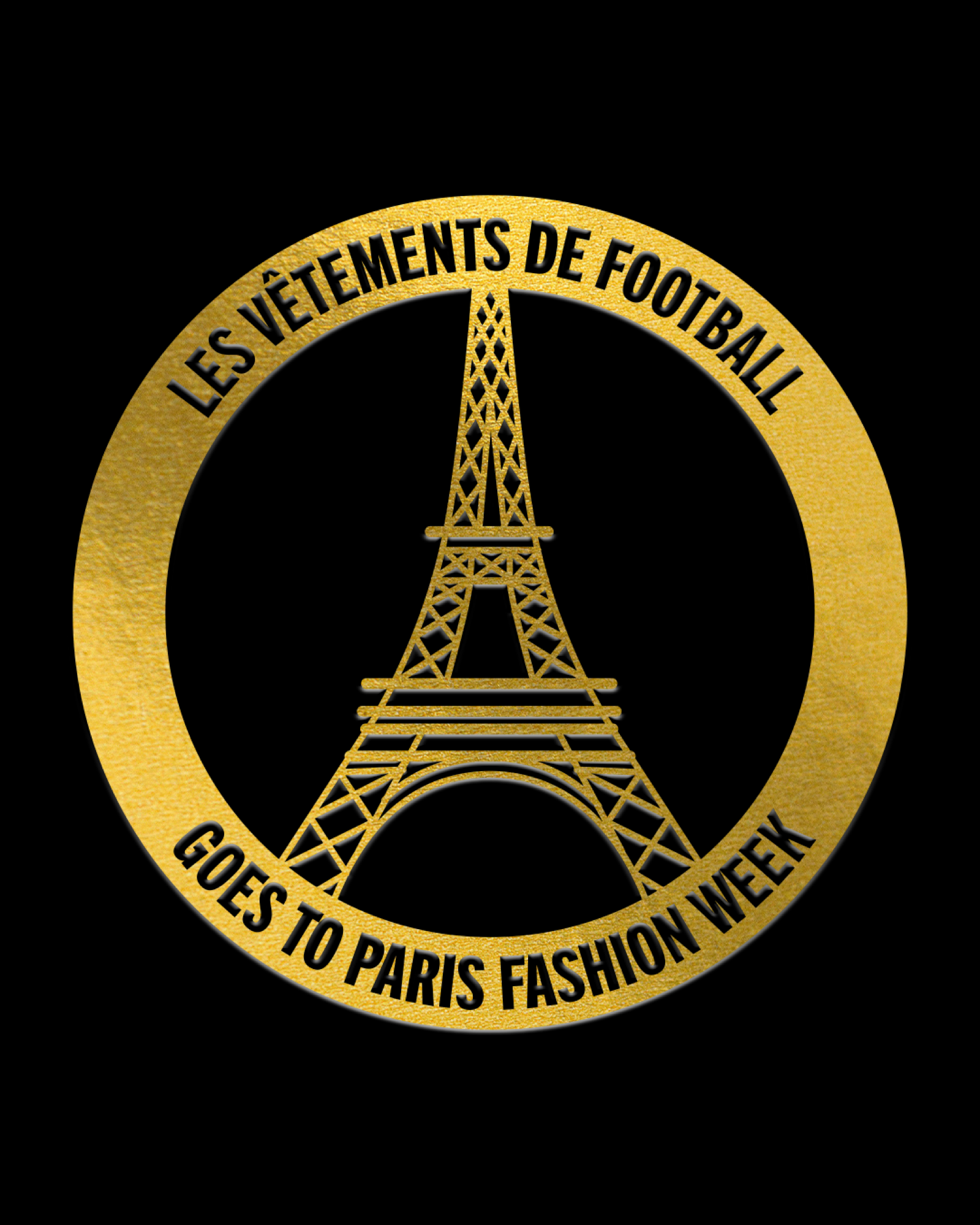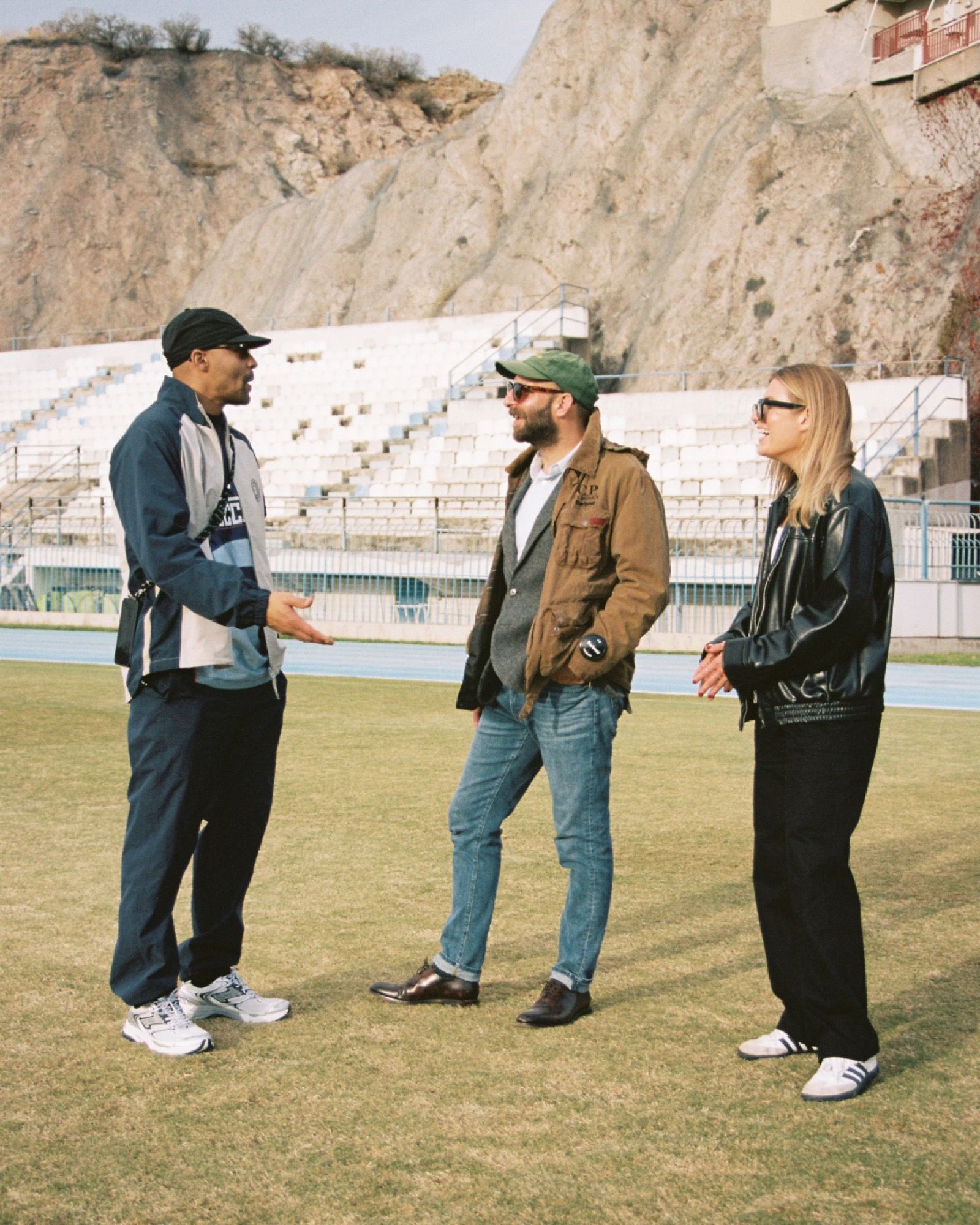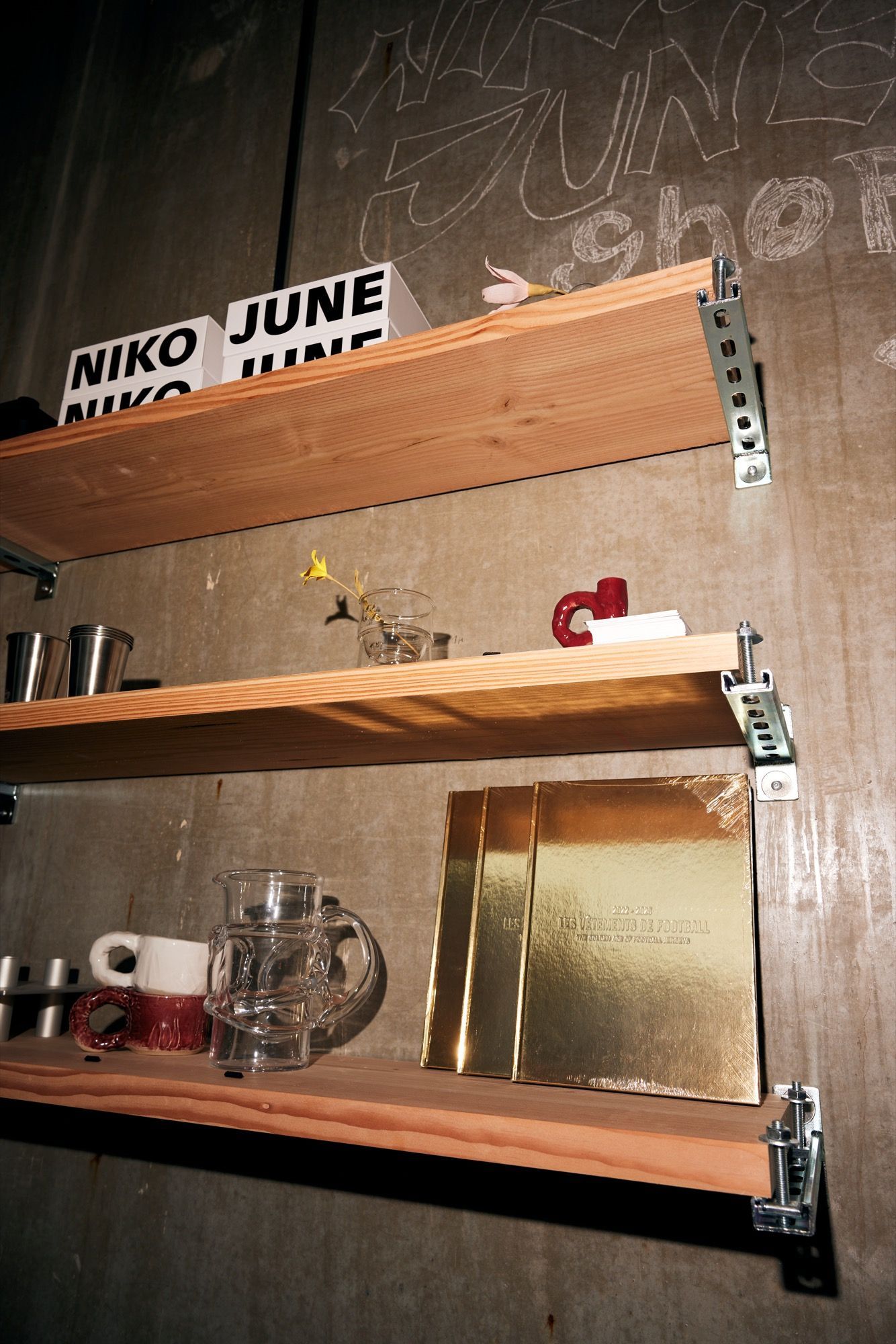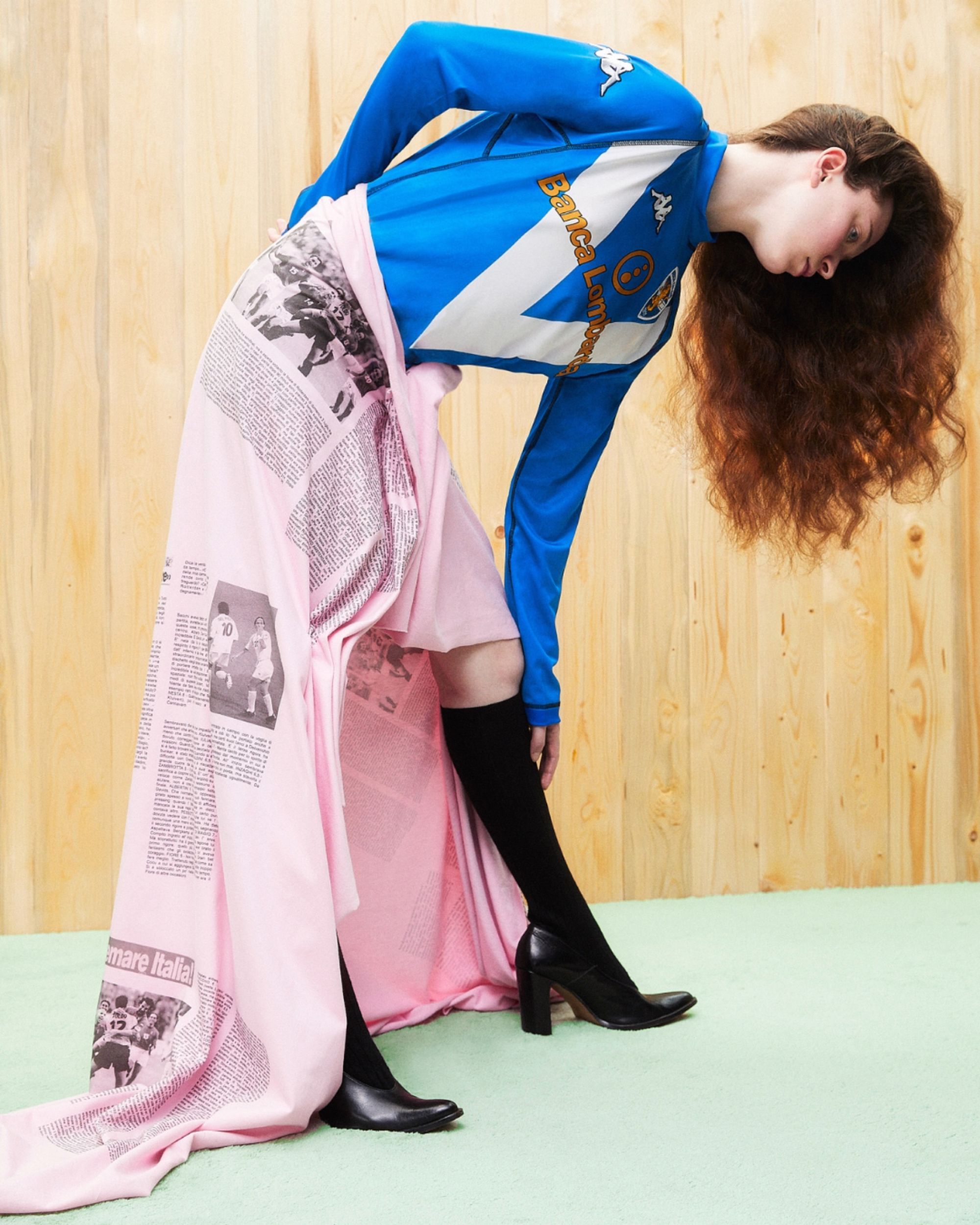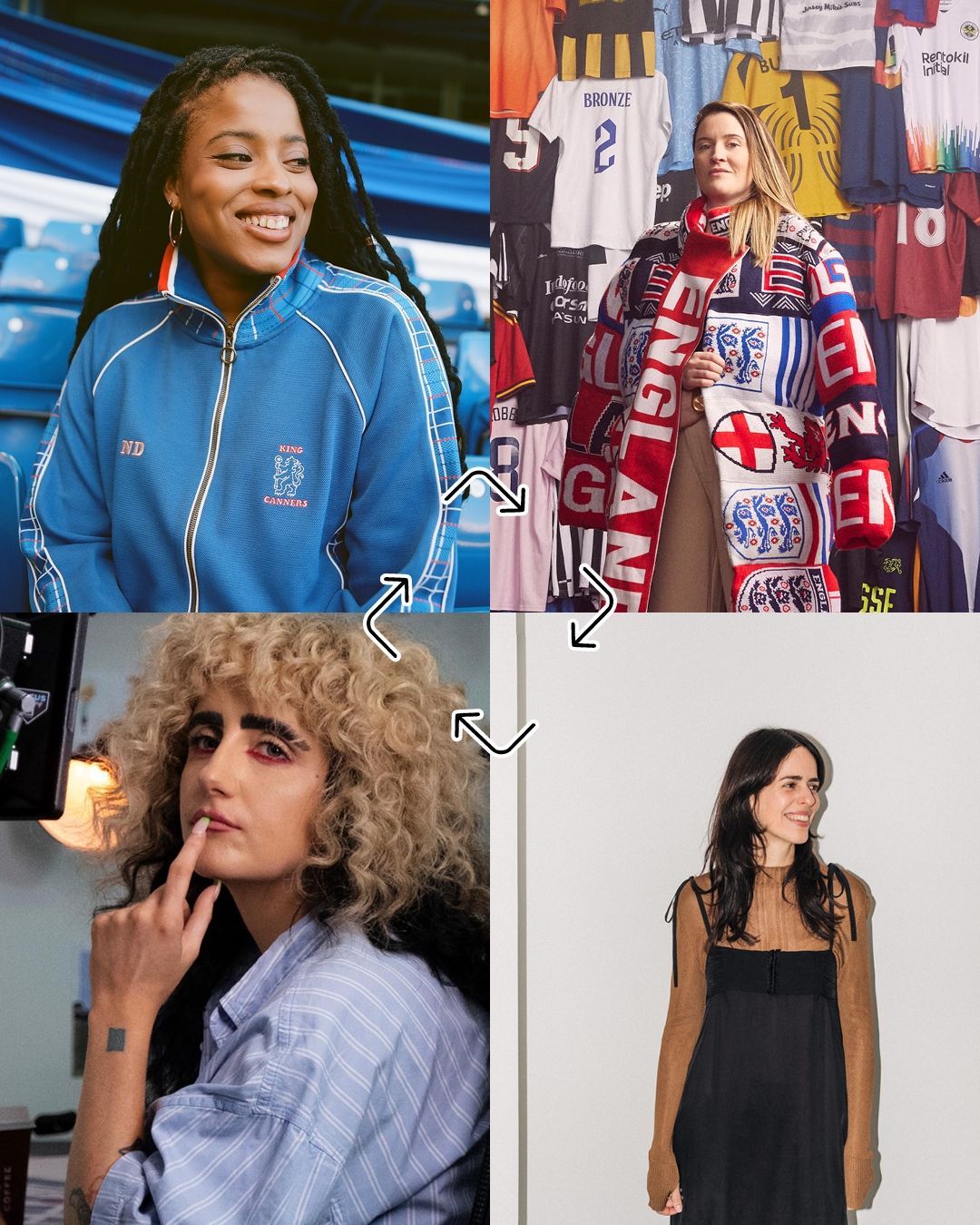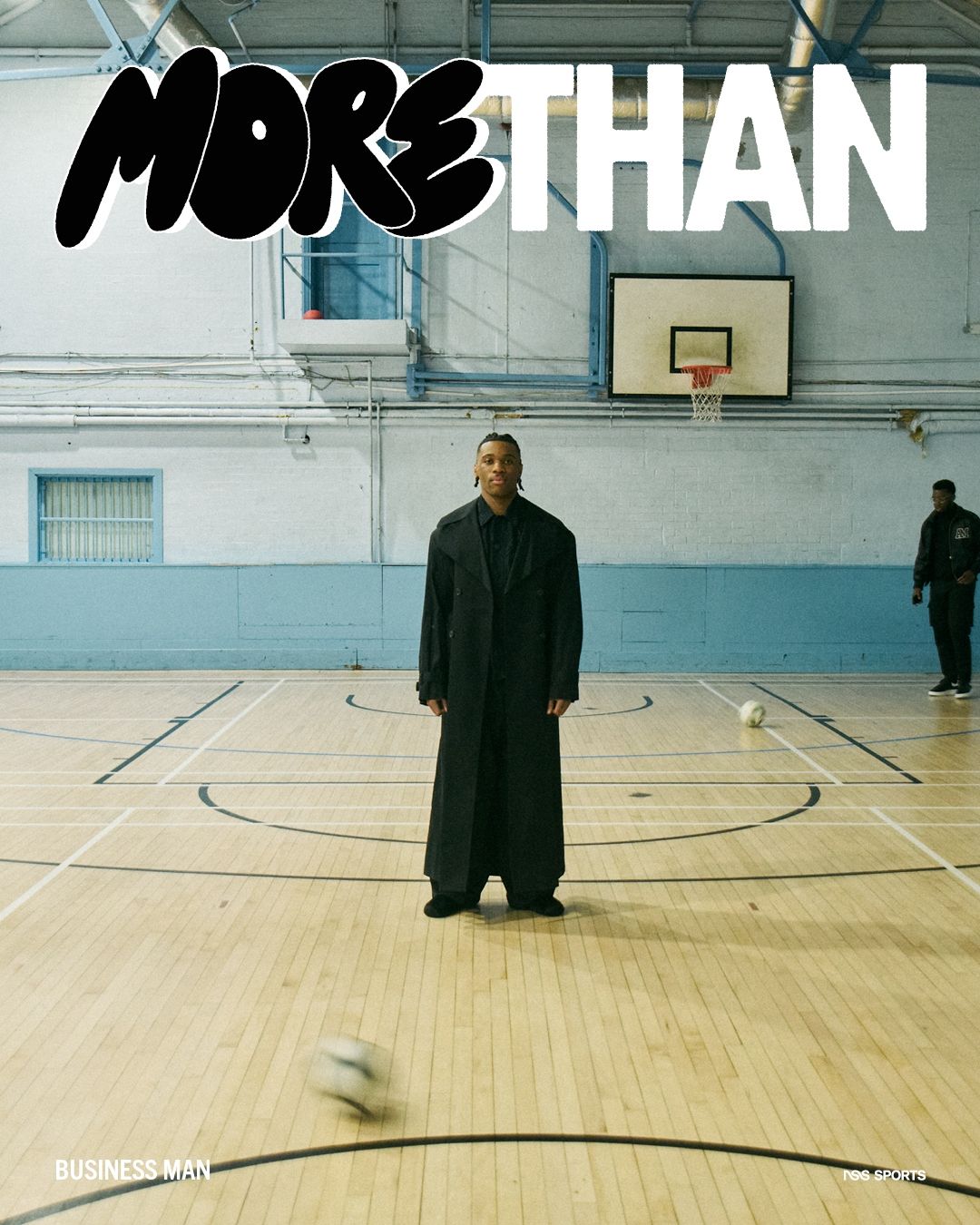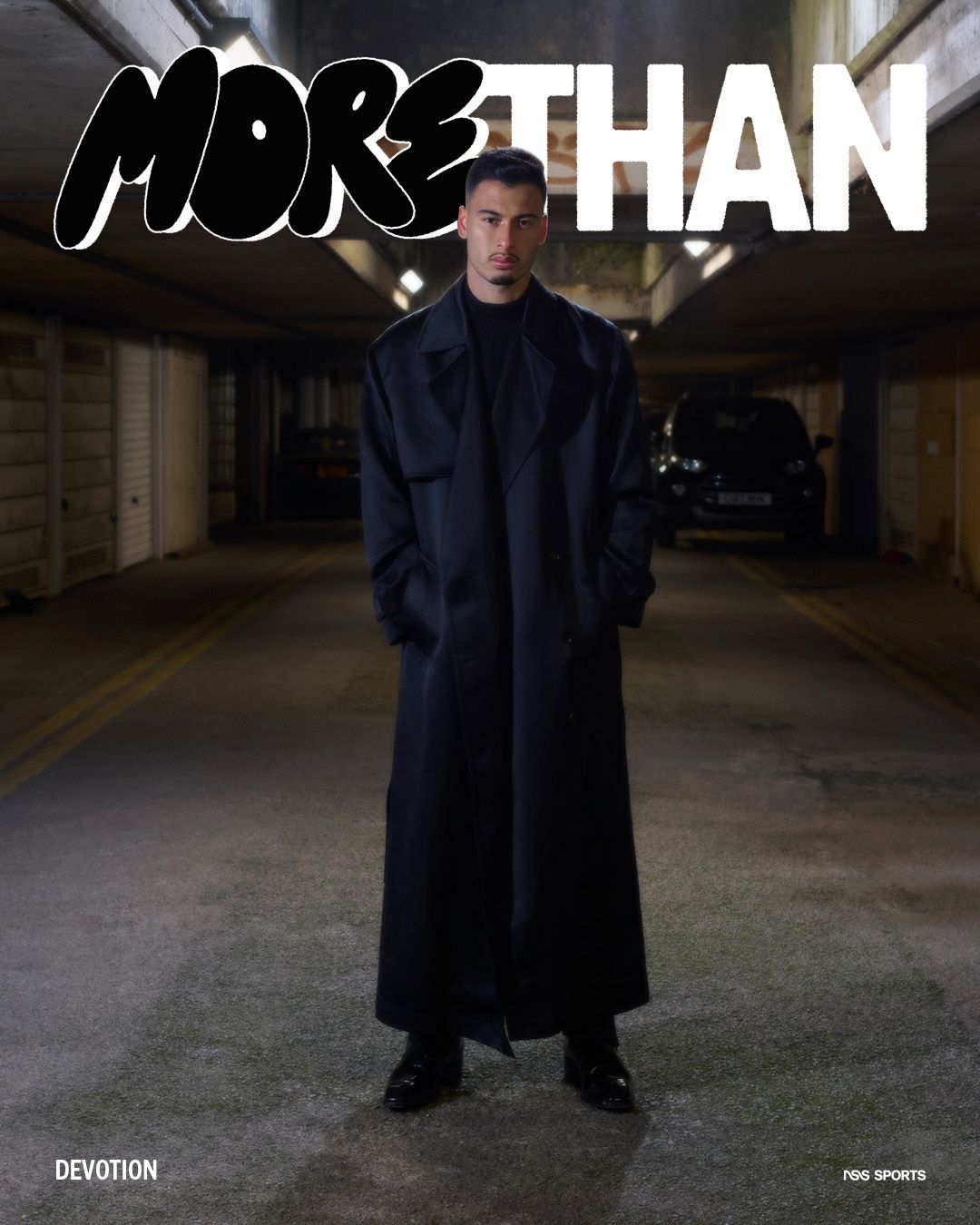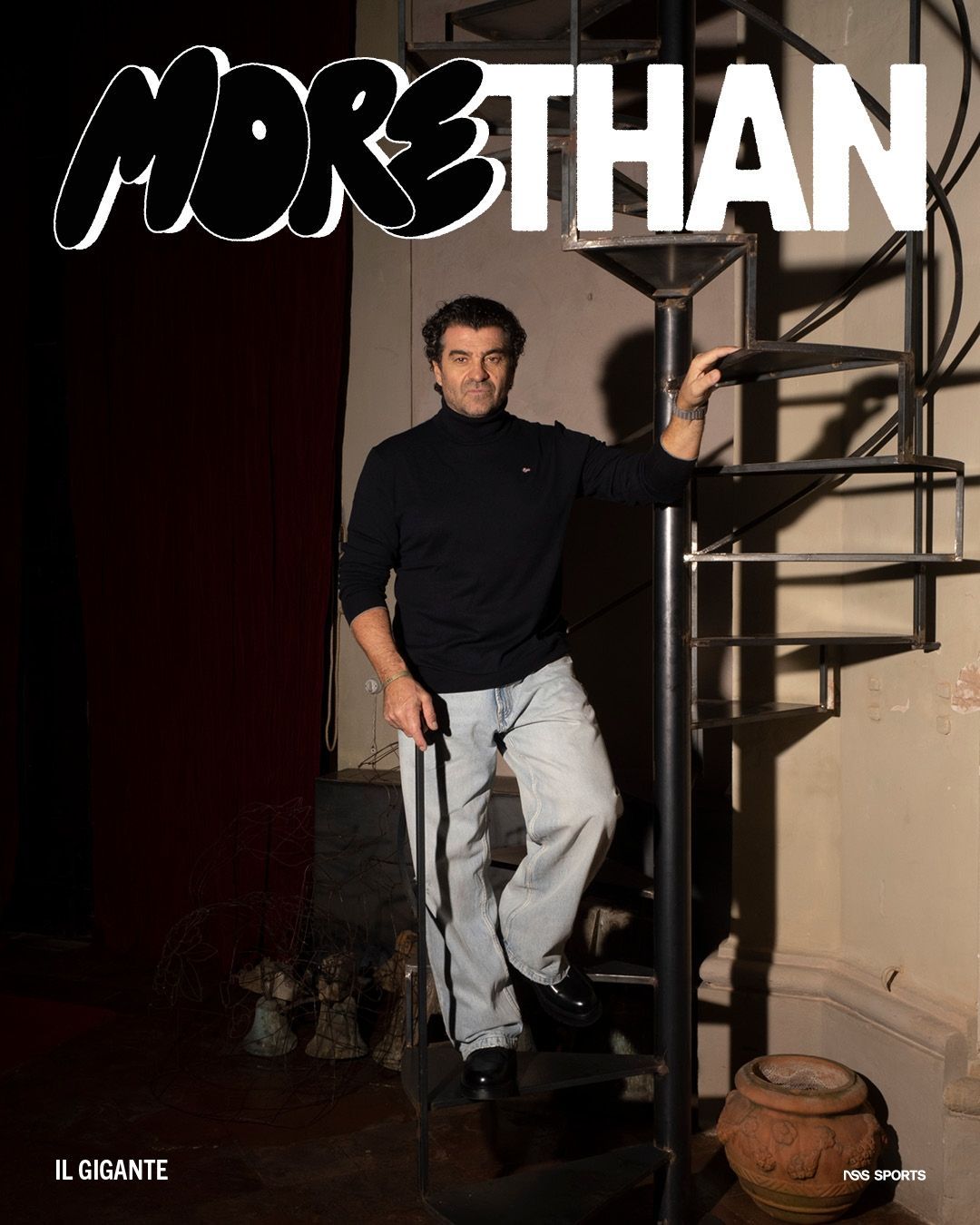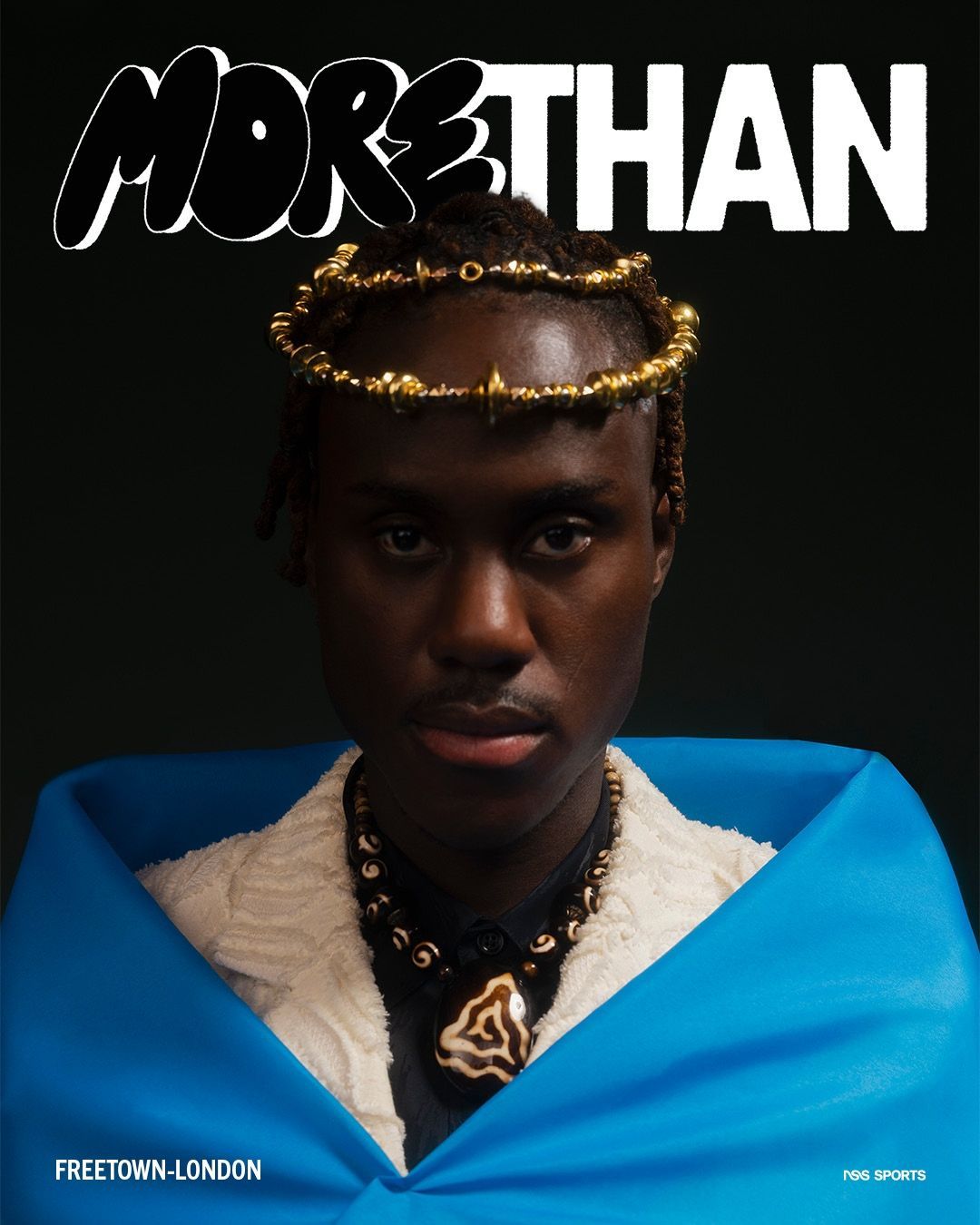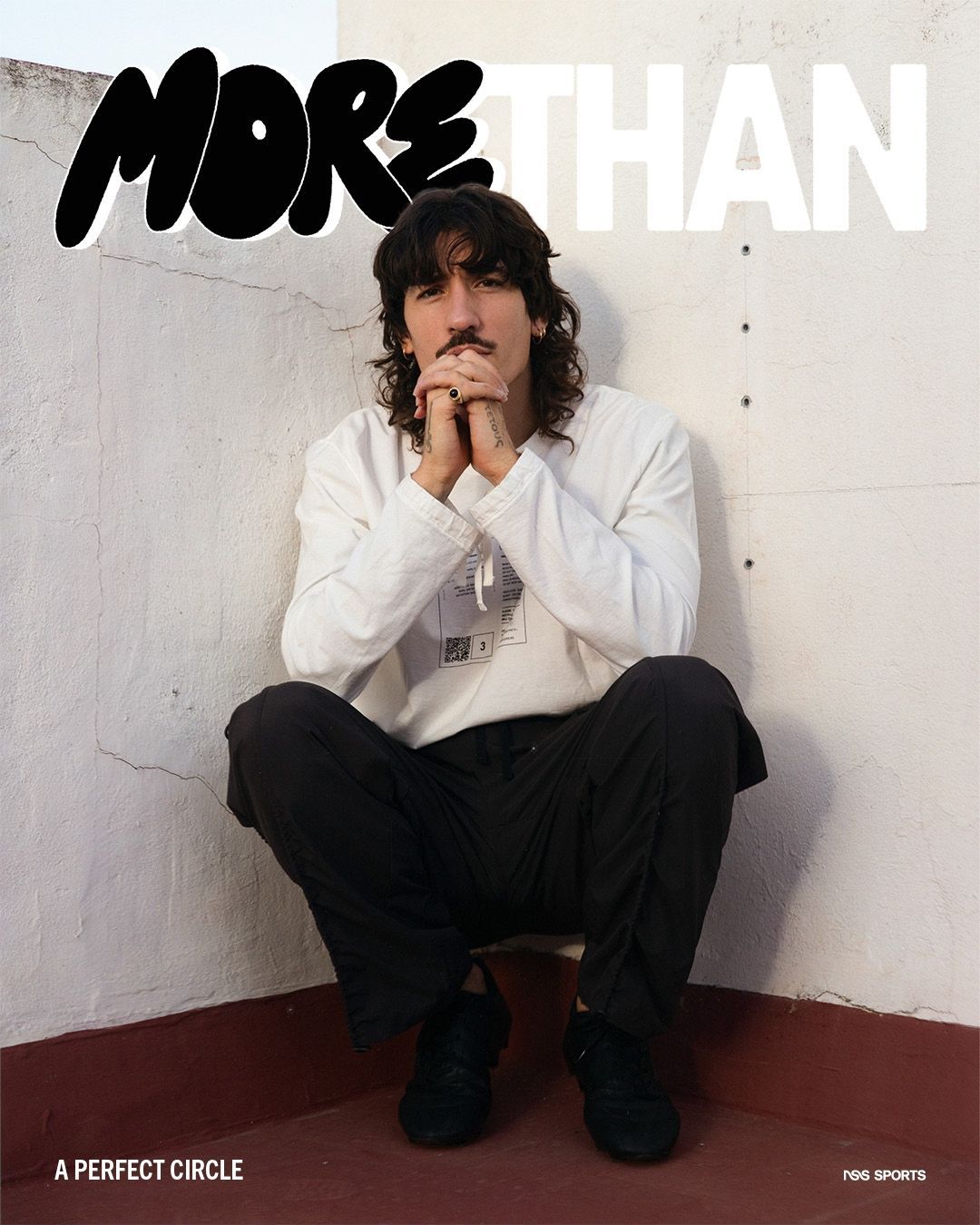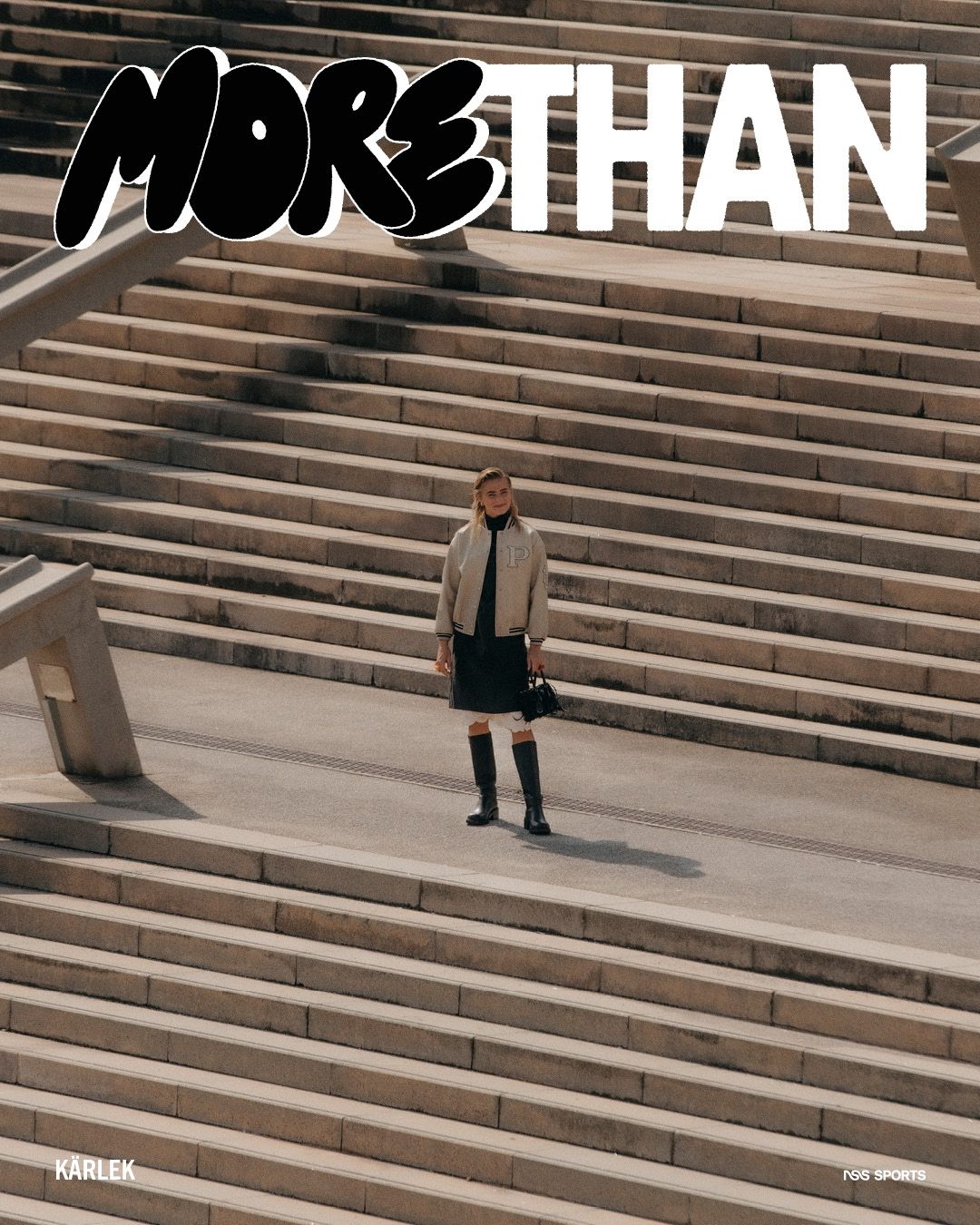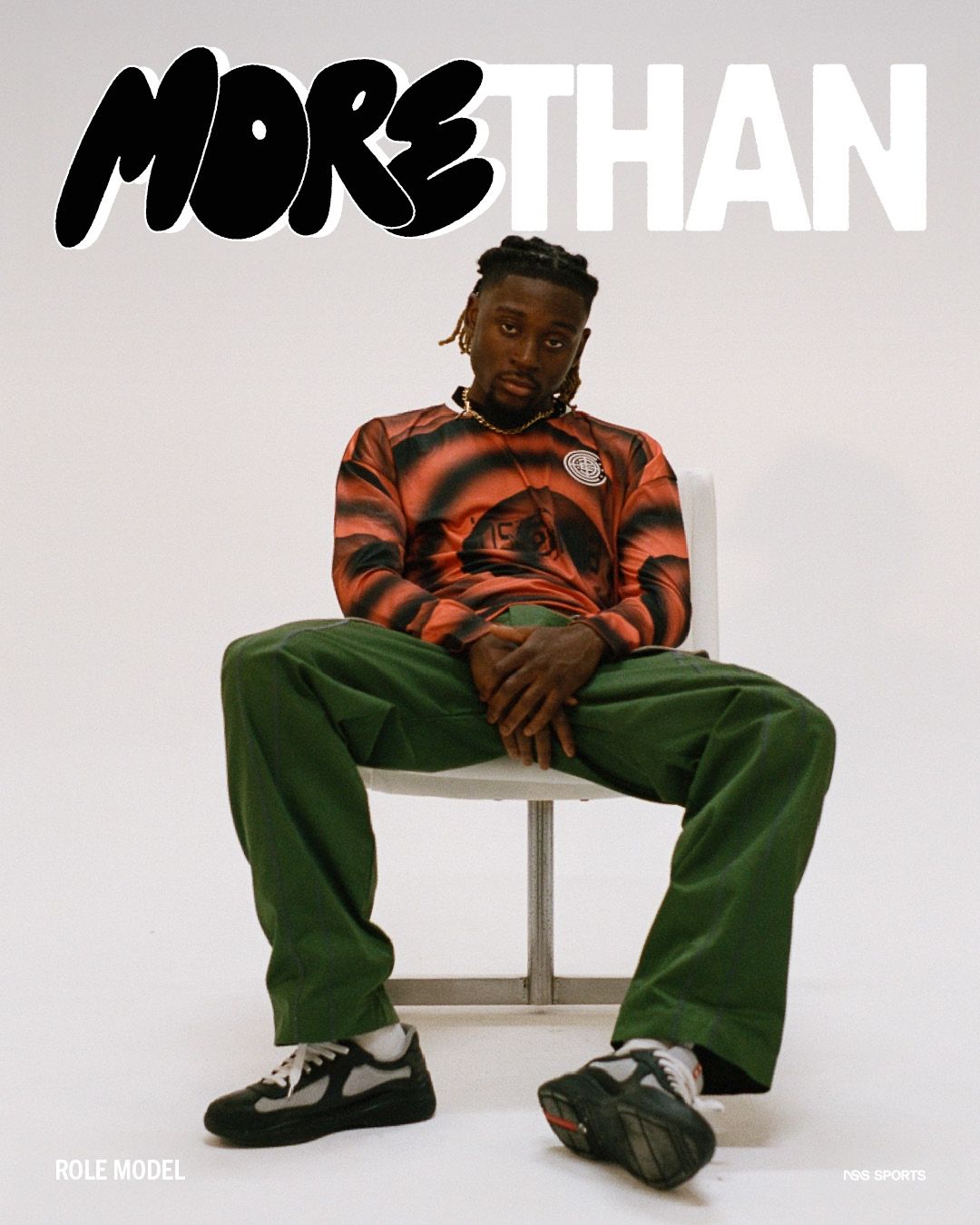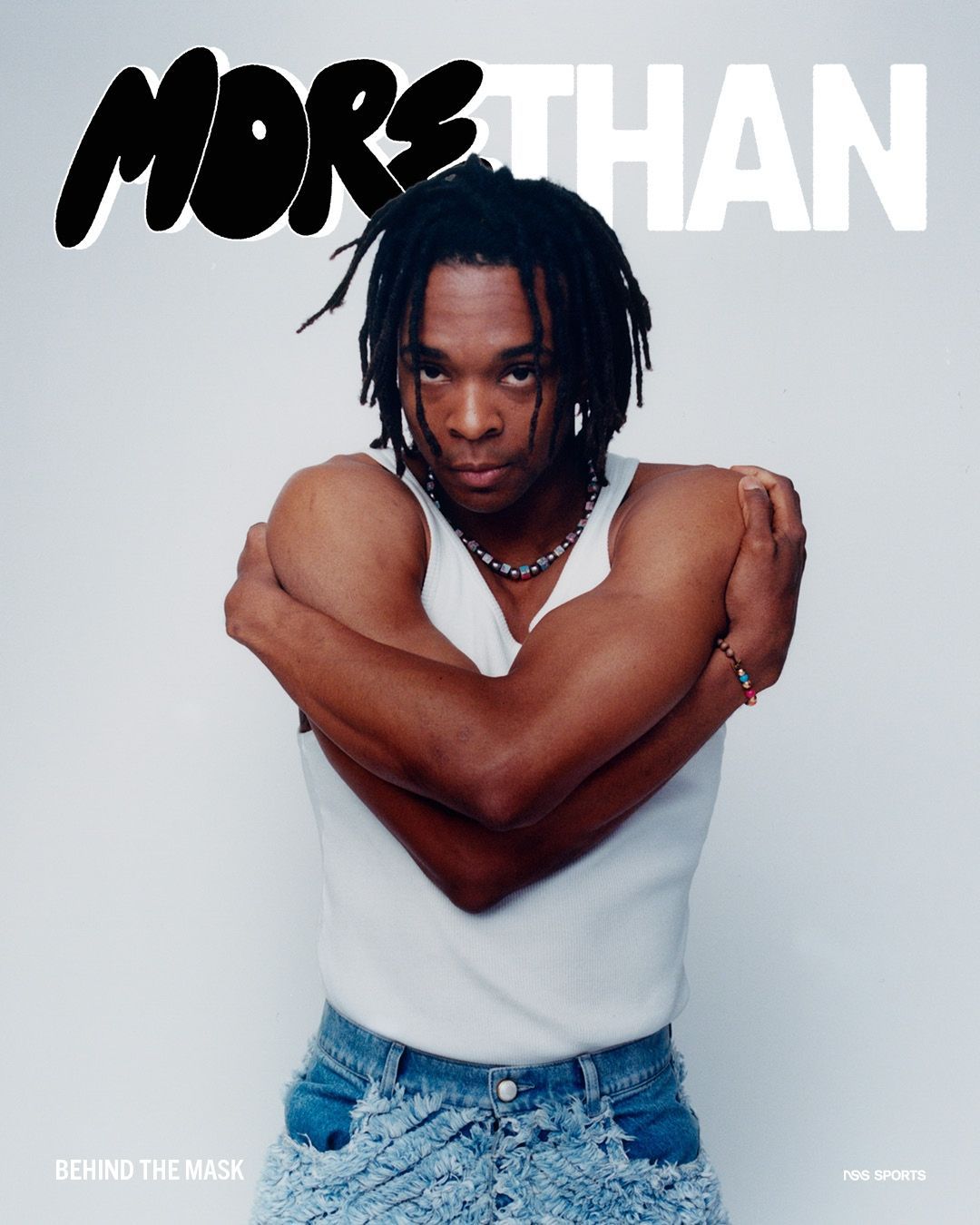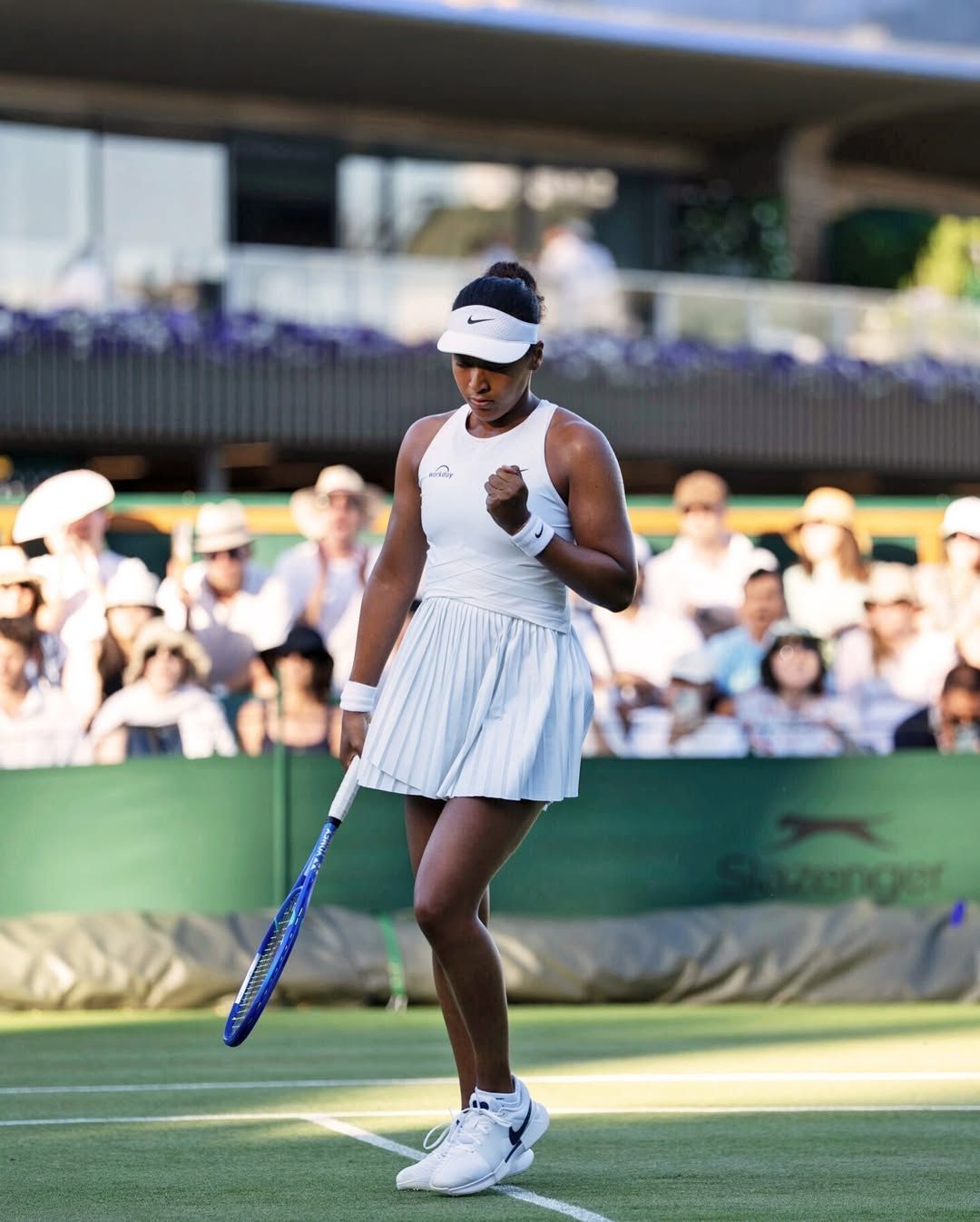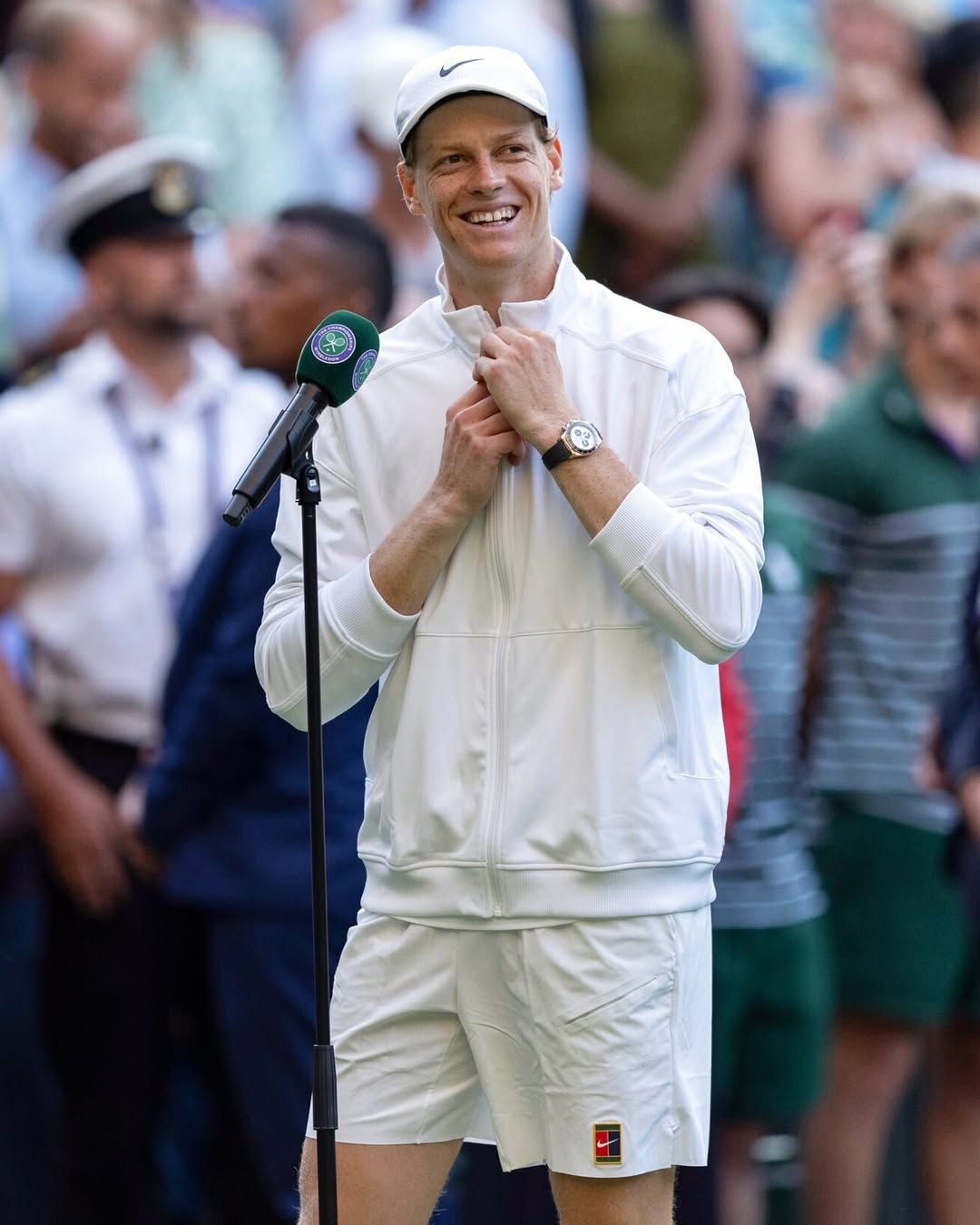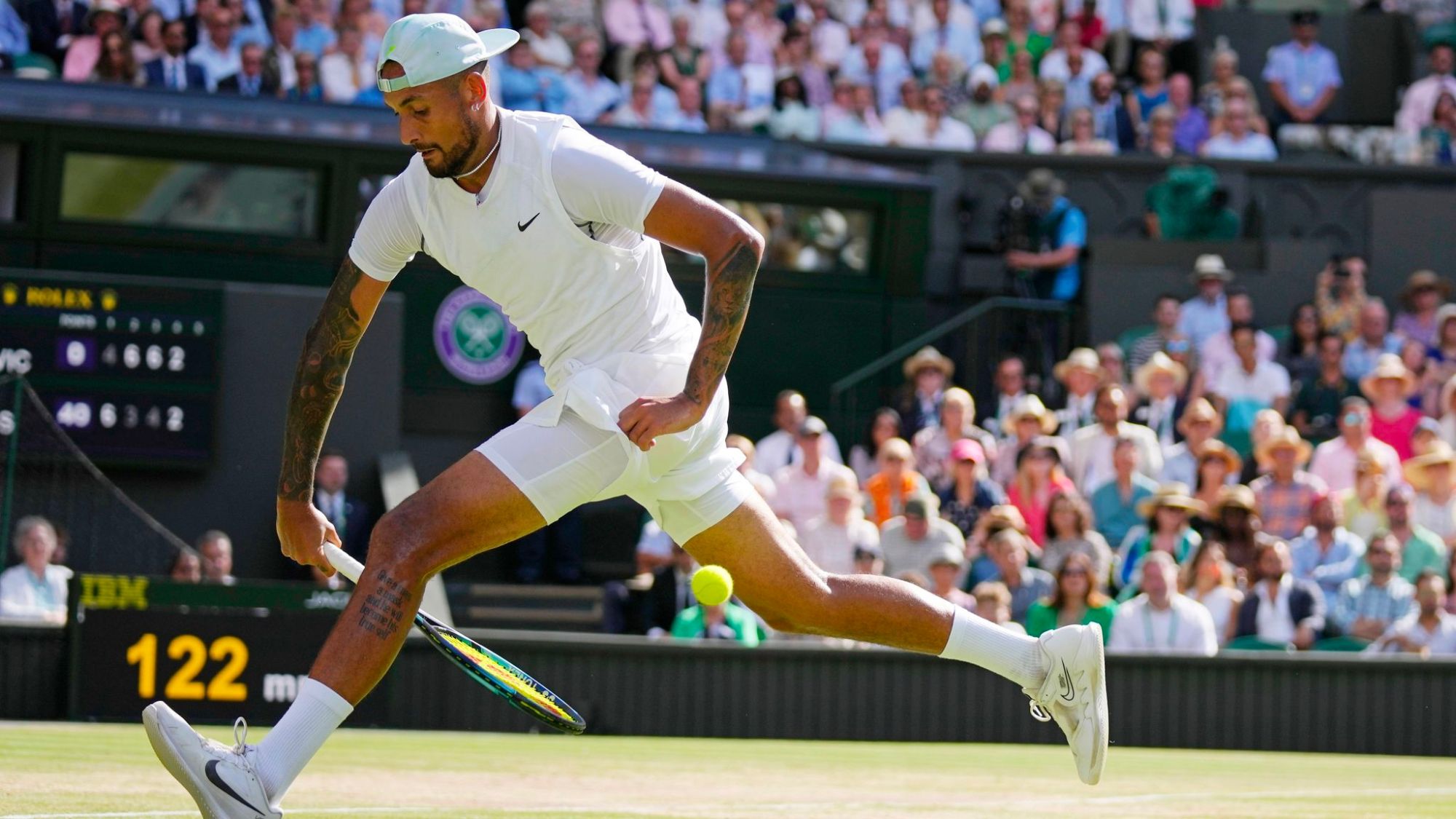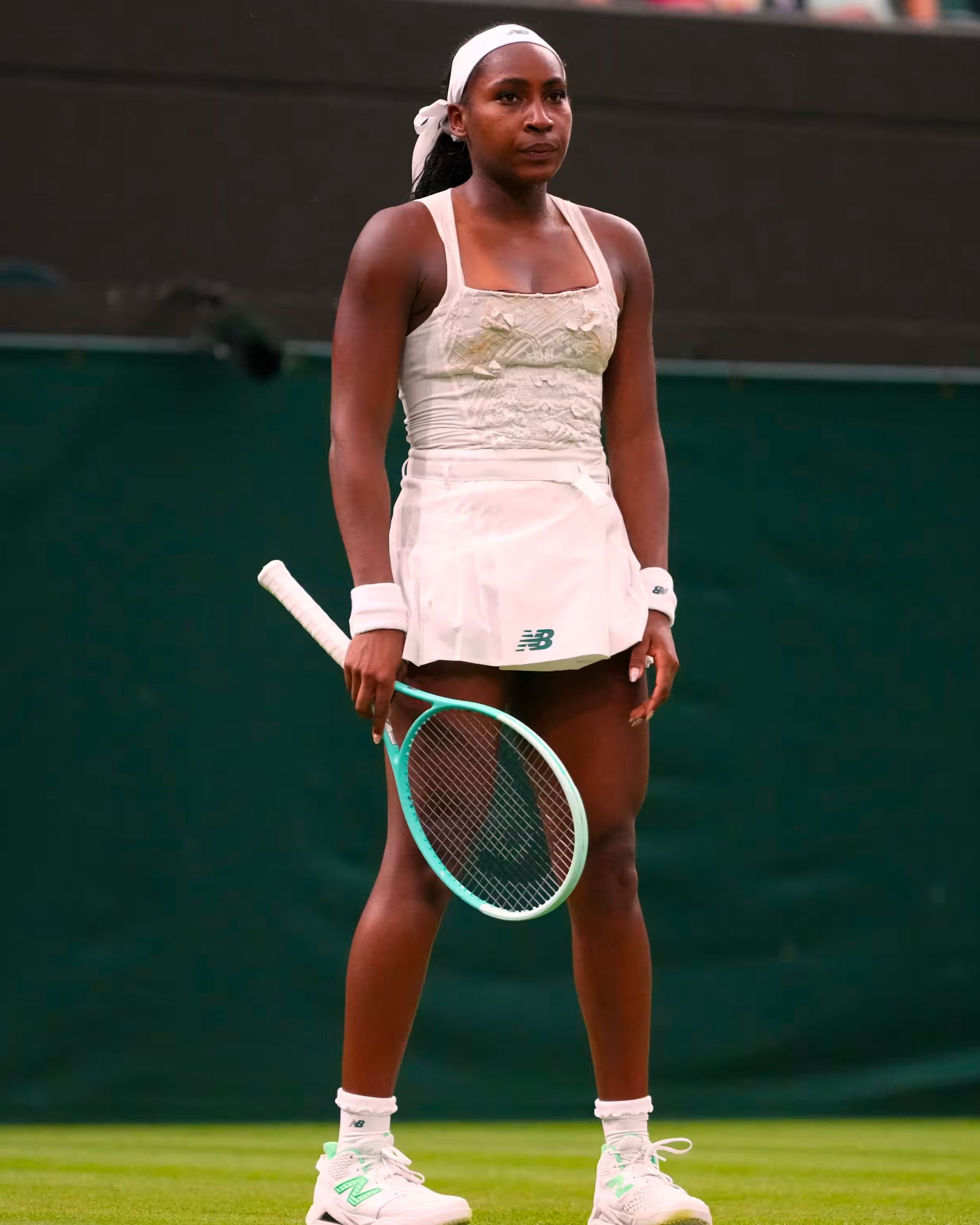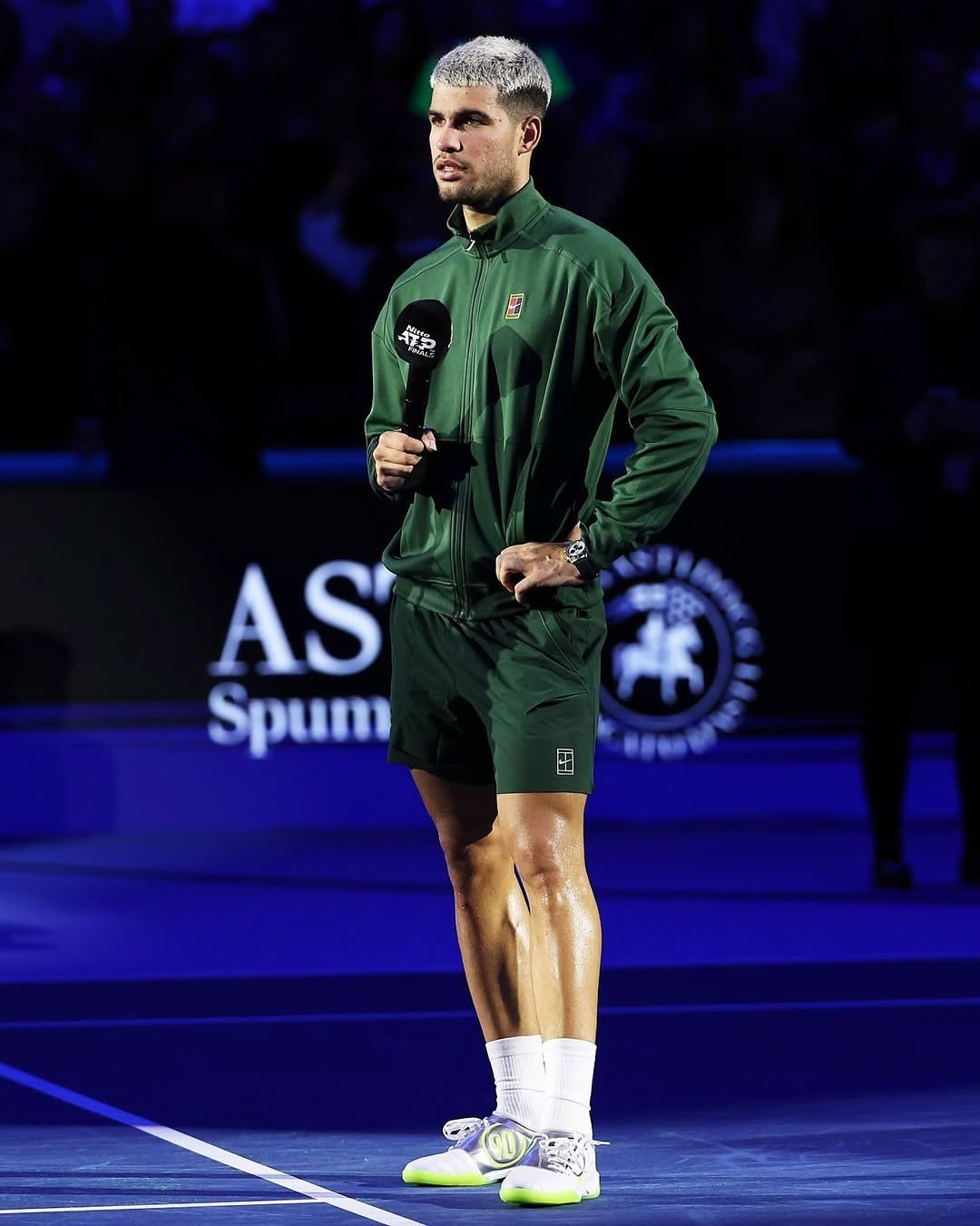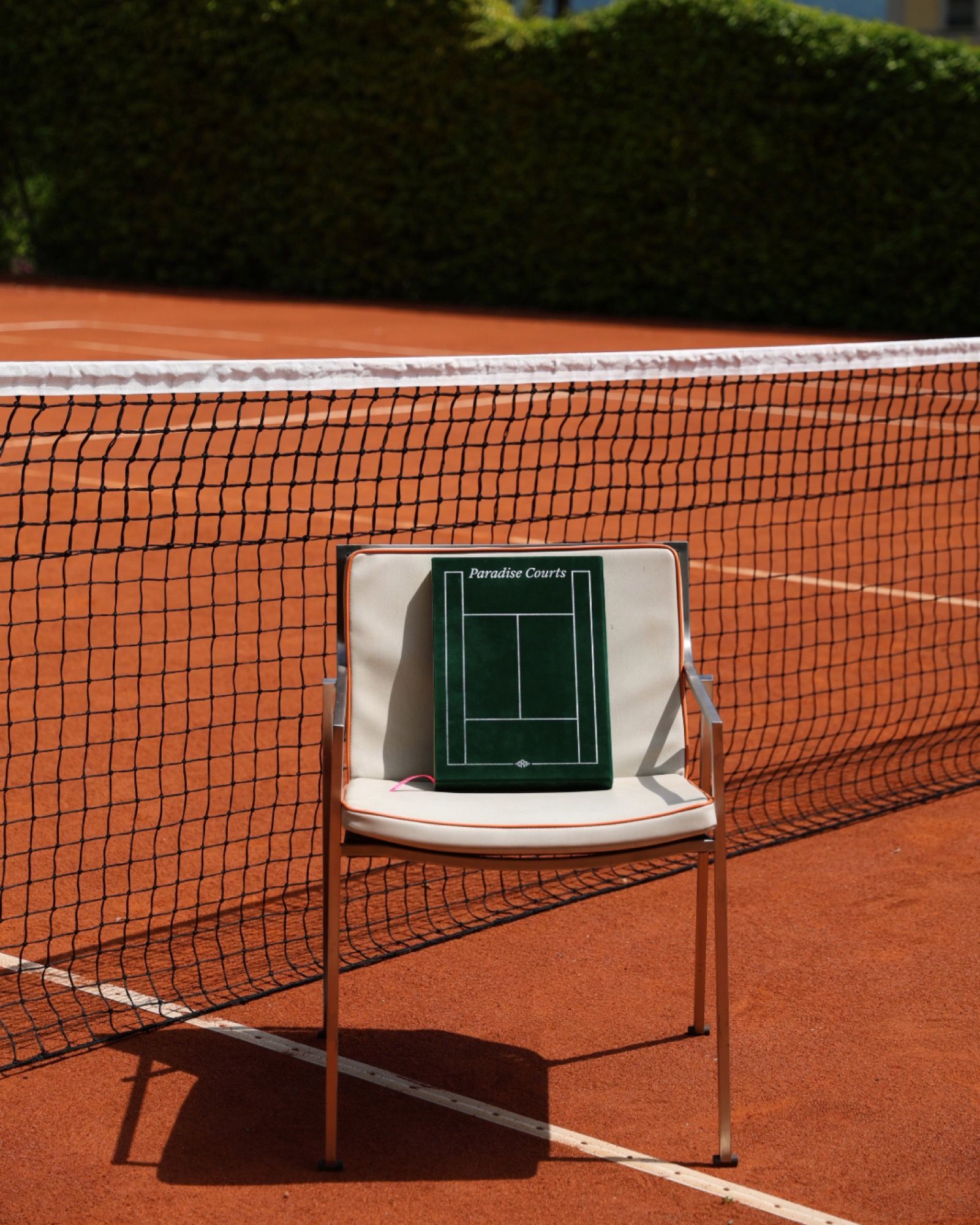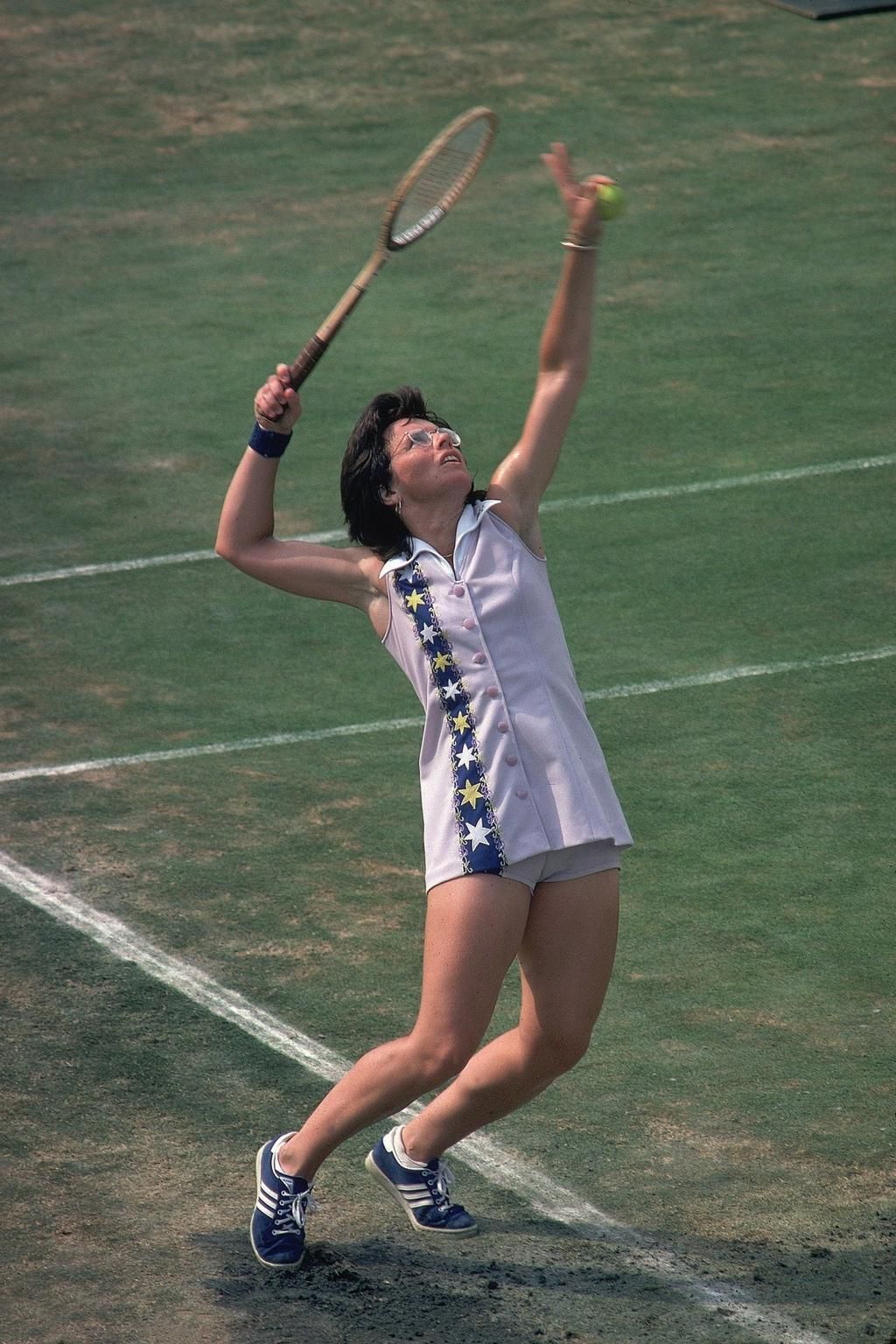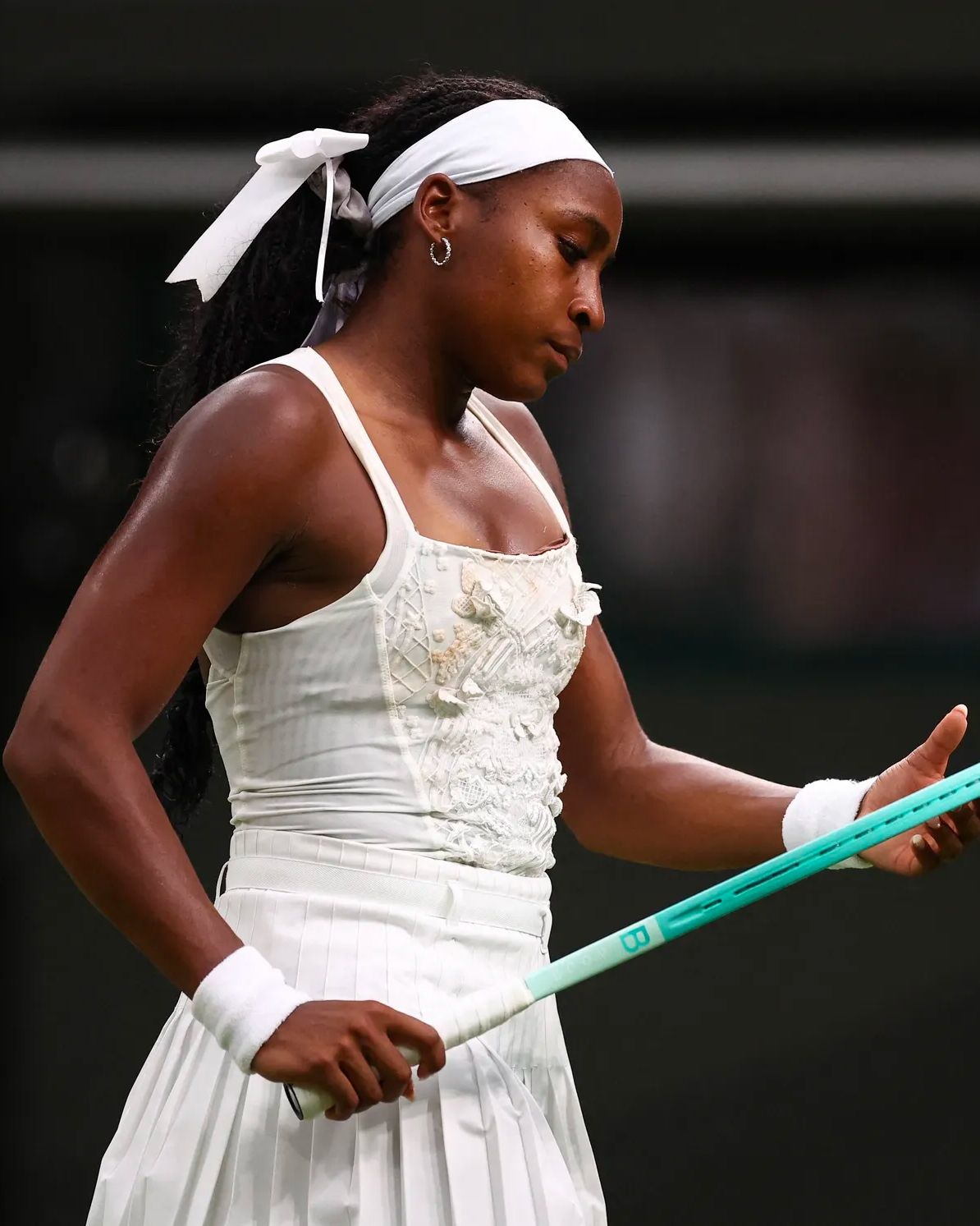
How players are hacking Wimbledon's dress code Attitude, identity and innovation
Wimbledon, that hallowed fortnight of strawberries and cream, has long been a bastion of tradition, sartorial and otherwise. Its all-white dress code, once a genteel solution to visible sweat stains in Edwardian England, now survives as a vaguely puritanical anachronism in the age of neon-inflected athleisure. And yet, even here—perhaps especially here—fashion finds a way.
The tournament's restrictive rules have had the unintended effect of turning Centre Court into a laboratory of subversive minimalism. Today’s players, far from being hemmed in by the regulations, are hacking the code with the precision of Savile Row tailors and the subtlety of Swiss watchmakers. They operate within the narrowest of margins: textures instead of colours, tailoring over flamboyance, and the faintest shimmer of logo-approved luxury. The result? Wimbledon has quietly become a catwalk for the ultra-discerning eye—where to flex is to finesse.
When fashion meets tennis
Consider Coco Gauff, the 21-year-old prodigy whose on-court presence has matured into a fully-formed aesthetic manifesto. Gauff, whose sponsor NikeCourt is perhaps the cleverest co-conspirator in this sartorial insurgency, walks onto the grass not just dressed for battle but styled for editorial. Her whites are rarely just white. Mesh panels, ribbed fabrics, asymmetric and necklines. Most tellingly, her custom sneakers, often embossed with monograms or rendered in uncommon textures, are studied exercises in rule-bending opulence. Gauff doesn’t defy the code; she rewrites its syntax.
The same can be said for Jannik Sinner, the Italian wunderkind’s take on the Wimbledon aesthetic is all about tailoring. His shirts are fitted to within a millimetre of litigation, his shorts tapered like something from a Milanese summer collection. His whites glisten with the technical sheen of luxury sportswear, but the cut is pure continental poise. Notably, Sinner’s ensembles often feature layered textures—waffled knits, laser-cut perforations—that are permissible only because they are still, technically, white. It’s tennis’s answer to stealth wealth: whisper, don’t shout - unless of course you decide to wear a Gucci monogram bag on centre court - something Sinner is equally willing to do.
Naomi Osaka remains one of the most indelible figures in this quiet fashion revolution. Her Wimbledon appearances were masterclasses in accessory diplomacy. From her double-wristed watches—equal parts sponsorship fulfilment and styling coup—to her off-court cardigans, she gave the impression of someone who was both aware of the rules and privately amused by them. Osaka’s partnership with Nike also resulted in custom kits that played with drape and volume in ways never before seen on those hallowed lawns. If Wimbledon insists upon uniformity, then Osaka’s contribution was to show how expansively one can interpret the word "uniform."
The Nick Kyrgios' case
And then, like a glorious glitch in the matrix, there is Nick Kyrgios. Tennis’s enfant terrible, Kyrgios brings with him a wholly different kind of fashion energy. Where others finesse, he often barges—deliberately, audaciously—up against the edges of acceptability. His Wimbledon whites have been known to feature extra zips, layered tank tops, basketball cuts, and the occasional jewellery excess that borders on performance art. One suspects that if Kyrgios could serve in a Balenciaga hoodie, he would. And yet, even his rebelliousness is curated: tattoos carefully revealed through sleeveless shirts, jewellery just visible under sweatbands, pristine trainers styled to look nonchalant but costing more than a weekend in Paris. His brand of rule-breaking is its own kind of fashion statement—less subversion through stealth and more defiance as performance.
Nick’s style is interesting precisely because it exists in tension with the tournament. He doesn't slip through the cracks; he smashes through the front door, talking back to the code while technically (just barely) complying. His clothing tells you what his forehand does: he could follow the rules if he wanted to. He just doesn't.
Others offer more subtle variations. Ons Jabeur, for instance, has embraced a kind of Tunisian-inflected elegance with flowing silhouettes and textural contrast, managing to integrate traditional modesty with modern technical tailoring. Her kits often feature mesh veiling, subtle ruching, and a silhouette that nods to her heritage while remaining resolutely compliant. Meanwhile, the ever-immaculate Roger Federer—though now more likely seen in the Royal Box than on Centre Court—remains a patron saint of this aesthetic movement. His Uniqlo ensembles were once an exercise in clean, tailored purity. Never a stitch out of place, Federer played like a surgeon and dressed like one too.
A paradox in style
Indeed, interpretation is the key. The All England Club’s dress code, famously draconian, mandates “almost entirely white” clothing, with “no solid mass or panel of colour,” save for a thin trim no wider than a centimetre. This has resulted in one of sport’s great paradoxes: by limiting expressive freedom, Wimbledon has forced players—and their stylists, designers, and sponsors—to innovate with the tools of subtlety. In a world awash in shouty branding, Wimbledon’s aesthetic strictures have become a canvas for luxury that whispers.
Texture has become the medium of rebellion. Ribbed knits suggest vintage cricketing references. Laser-cut mesh provides ventilation while creating abstract shadow play. Lace panels nod to femininity without breaching the laws of tennis. Even the humble headband has become a vehicle for soft-coded subversion—seen in layered cotton-silk blends or embroidered insignias visible only to those seated in the front row (or watching in HD). These aren’t just accessories; they’re talismans of personal style smuggled past the guards of tradition.
Footwear, too, has entered the fray. Custom NikeCourt trainers, particularly those worn by Gauff and Osaka, offer a masterclass in nuance. White-on-white embossing, pearlised leather, tonal stitching—details so discreet they might require a zoom lens to appreciate. Logos are often ghosted, stitched in thread a shade off from the fabric, visible only when caught in motion.
And let us not forget the off-court ensembles, increasingly as scrutinised as the on-court kits. Cardigans—once the preserve of prep-school purgatory—have been resurrected as luxe layering statements. Think oversized cable knits à la Federer, or Gauff’s cropped varsity-style numbers with barely-there branding. Watches are no longer just timepieces but strategic signals. Whether worn alone or layered like bracelets, these horological heavyweights are subtle declarations of status and sponsorship.
A new era
Of course, this new aesthetic grammar is not accidental. Brands like Nike and adidas have entire teams dedicated to designing within Wimbledon’s constraints, which have, ironically, become a form of creative liberation. Just as a sonnet’s strict structure gave Shakespeare his bite, so too does the Wimbledon white force designers to elevate detail over drama.
But what does it say about us, this obsession with minimalism’s coded luxury? Perhaps that the world’s wealthiest and most visible athletes, much like their audience, are weary of obviousness. In a culture where everyone is screaming for attention, the true power move is to whisper. To wear a limited-edition timepiece under a sweatband, or to commission a bespoke tennis kit indistinguishable from a standard one—until, of course, it isn’t.
There is also a particular Britishness to this dance of discretion. The stiff upper lip finds its sartorial analogue in the stiff cotton collar, its emotional repression echoed in tonal restraint. But underneath it all lies a current of rebellion. These players, by operating within the bounds of tradition while quietly undermining them, embody a kind of modern aristocracy—less Downton Abbey, more Alexander McQueen.
So, while the Wimbledon scoreboard may record only aces and double faults, the real subtext is unfolding at the level of stitch and silhouette. The tournament remains one of tennis’s most prestigious proving grounds—but also, increasingly, one of fashion’s most fascinating constraints. The white remains, but within it: attitude, identity, and innovation. Wimbledon, it turns out, is not just about how you play. It's about how you play the game of looking like you're not playing at all.



